Local street artists go big, and go home
Troy Duff shot by Reeves Smith
Nate Brown and Bryan Deese shot by Gabe Ford
Hillsboro High School in Green Hills is a hotbed for street artists. Here are three alums who have been making names for themselves for years doing graffiti murals, and more recently, interior commissions.
Troy Duff
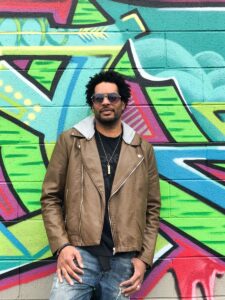 Troy Duff’s first graffiti name was Basic, back in the late 80s. “I didn’t really have a style yet,” he says of the early days. “I was still learning, just roaming the neighborhood tagging ‘Basic’ everywhere.”
Troy Duff’s first graffiti name was Basic, back in the late 80s. “I didn’t really have a style yet,” he says of the early days. “I was still learning, just roaming the neighborhood tagging ‘Basic’ everywhere.”
He has been a full-time artist for the past four years, painting as Krest One. The former clothing designer admits his success, and the popularity of street art in general, is a bit unexpected — especially in Nashville. “I never thought that it would be a full-time career for me in my late 40s,” he says.
Duff’s style represents late ’80s to mid ’90s graffiti with a clean letter style. “I like letters that flow together very well. I’m very into the design aspect of it at this stage, and I love the really clean style.”
When Duff moved to LA in 1991 to spread his wings and see what cards life was going to deal him, he was able to keep painting while also acting, modeling and designing clothes. He moved back to Nashville in 2006 after his sister was diagnosed with breast cancer, and he has been finding a growing fan base for his street art.
Duff, 46, recently collaborated with Keith Urban on a yet-to-be announced project that puts his art front and center, and he also just finished a project for singer Kelsea Ballerini. He’s doing more and more interior projects; the latest is large-scale canvases at Woolworth’s on Fifth, a location where his mother participated in civil rights sit-ins decades ago.
Watch Troy Duff and Keith Urban Collaboration
One collector of Duff’s work has been amassing art for more than 50 years, and he wanted something distinctive for his Green Hills-area condo — something that could knock the socks off the Belle Meade crowd.
“I’m a bit of a rebel, I have to admit,” says the collector, who wishes to remain anonymous.
So he commissioned Duff to paint a graphic letter mural, “Yikes,” and he certainly got the reaction he was looking for.
“They just stand and drop their arms and look,” he says. “They don’t know what to say. They don’t want to be offensive, because most of my friends have never seen graffiti in domesticated areas, much less in a person’s home.”
He then hired Duff to come back and try a totally different style, what Duff calls calligraffiti.
“He did it freehand as he painted, and it is unbelievable,” the collector says. “It’s just thrilling to look at.”
Duff says working inside is a totally different process, even if the graphics are the same, simply because even when you get past the cramped quarters it’s so unexpected to see a large wall mural — or even a wall application in general — indoors.
“When it’s an exterior building, you have a little more real estate to paint to on,” he says. “When I’m doing an interior piece, it’s very limited. There’s a lot of taping off and protecting things. And people expect to see paintings outside on the building. That’s nothing new. But when people come into someone’s home and they walk into a room, they don’t expect to see a large-scale mural on the wall. It takes people by surprise. And I love that,” Duff says. “I love that shock factor of surprising people.”
Works by Troy Duff
Bryan Deese
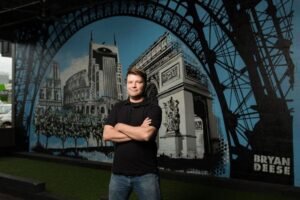 Bryan Deese, 44, got into graffiti through some kids in a summer school class at Hillsboro High School when he was 16. He had goofed off a little bit with spray paint in the garage on some skateboard ramps, but that summer he went out by himself to prove to these other kids that he could.
Bryan Deese, 44, got into graffiti through some kids in a summer school class at Hillsboro High School when he was 16. He had goofed off a little bit with spray paint in the garage on some skateboard ramps, but that summer he went out by himself to prove to these other kids that he could.
And he did, painting a Cap’n Crunch head near Nolensville Pike, near the zoo.
“Coming from Nashville, I had always been influenced early on by artists like Red Grooms and Myles Maillie and Norris Hall,” Deese says. “They painted really big and kind of cartoonish and fun, with bright colors and a black outline. So I’d already been attracted to that. And graffiti was a youth art movement. It had all those same elements, with a little bit of fun and adventure along with it, out in the streets. And as a young kid, that’s what you’re looking to do, just go exploring and have fun.”
His mom found out about his after-school art habit when someone from Davis-Kidd Booksellers called the house to let him know a book about graffiti he had ordered arrived, and she answered the phone. Then a camera store displayed photos of a retaining wall he painted by the high school to show off five types of film you could use.
“My mom saw that and got a kick out of that,” he says. “She was always pretty supportive of whatever I got into.”
Deese had always associated the word “starving” with artist, so he went down the graphic design route — though he never stopped painting murals with spray paint. But the demand for what he does on a business level picked up and about five years ago, and he transitioned to art full time.
Bryan Deese and Demonbreun Hill
Bryan Deese and Exit/In
Working at Bonnaroo, painting the exterior walls for the festival’s 10-year anniversary, was one of the main gigs he got that allowed him to transition thanks to the scope, pay and confidence boost that project provided.
“It was me and two buddies. We hired on 15 assistants and painted linear miles of temporary walls at Bonnaroo,” he says. “It was totally our idea and our pitch. Then, one of my favorite street artists, Steve Powers, was hired to do the same gig, two years later. It let me see I’m on a plane with some of my favorites and that also gave me the motivation, like maybe I could do this.”
He is just getting back into exploring canvas work, including literal off-the-wall elements that bring just the right amount of street-art edge to fine-art applications.
“The last five years I’ve just been more excited about painting on the streets. Now I’m taking some stuff I’ve done on the streets and doing some fun, new experiments with it. I’m in the middle of transitioning, really.”
As for the current near-hysteria over street art in Nashville, Deese isn’t necessarily surprised since he’s been in on the slow rise of acceptance. But a younger version of himself might have been shocked.
“To earn a living as an artist is hard,” he says. “It’s not easy, and you’re really putting yourself out there for rejection and disappointment. And I think when you’re looking for emerging artists, you have to be excited about that artist and their story. You’re going to end up becoming their champion and telling their story a lot. My story’s real. I’m not trying to be anything I’m not. And visually I think it looks really good and is a fun idea.”
Bryan Deese and works
Nate Brown
 When Nate Brown, 40 walked into The 505, Nashville’s newest, tallest building, to work on a two-story mural between the seventh and eighth floors, he had to admit it was a pretty amazing and somewhat intimidating experience.
When Nate Brown, 40 walked into The 505, Nashville’s newest, tallest building, to work on a two-story mural between the seventh and eighth floors, he had to admit it was a pretty amazing and somewhat intimidating experience.
“It was crazy to be there while they were in mid-construction, hundreds of workers doing stuff around me,” he says. “I got to see firsthand all that goes into building a structure like that, doing my little art while these people are just drilling, hammering away and moving beams. I just wanted to stay out of everybody’s way.”
His large-scale geometric mural created for Tony Giarratana’s latest project is just one of many gigs he has gotten since he came back to Nashville, striking the commission’s right chord of bringing something off the street inside without being too edgy.
“An interior commission, especially a multi-million-dollar development, you have to cater to quite a few different people, and I totally get that,” Brown says. “So I think we’ve done a good balance.”
Brown moved to Nashville from LA when he was 11, and he says one of Bryan Deese’s pieces was the first he saw, under a train bridge in the early ’90s. By age 15 he was doing graffiti pieces too.
“In LA, I had been surrounded by art and graffiti. When I moved here there was none of that,” he says. “I felt like I was missing something, but I didn’t really understand it and I was too young.
As a sponsored skateboarder, Brown got to travel. On his journeys he would see more graffiti and more outdoor public art on the streets of whatever city he was in. And he’s glad to see Nashville embrace now what he saw elsewhere years ago.
“A lot of us have pushed for years and try to get walls to paint,” he says. “You see the benefit of it, what it does to a community, a neighborhood. It brings people together and gets people to interact and take photos in front of it. Also, depending on the mural, it could tell a story that they’ve never heard and educate people from out of town. I mean there’s so many things that something simple as a mural does.”
Brown does a lot of color-gradient murals, inspired by his travels, including a parking garage off Elliston where he finished a geometric piece with a number of other artists who were hired to contribute.
“I really love helping transform the city,” Brown says. “I quit a job where I was a marketing director, working for huge entertainment company, and my own street marketing company and am just painting graffiti and street art again. At 40 years old, when I was fully advanced in my career, I quit all that to pursue art. And it’s far more fulfilling. A million times more fulfilling.”


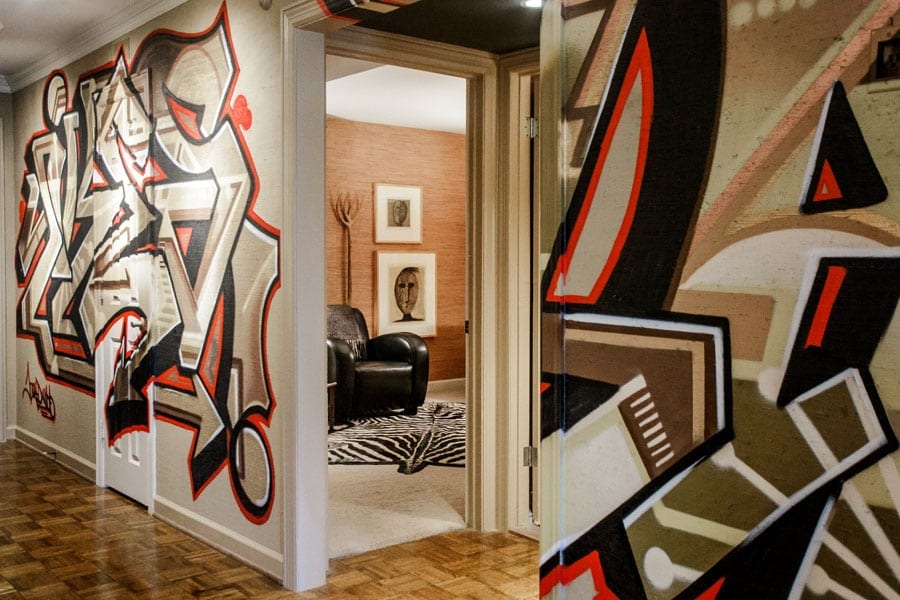
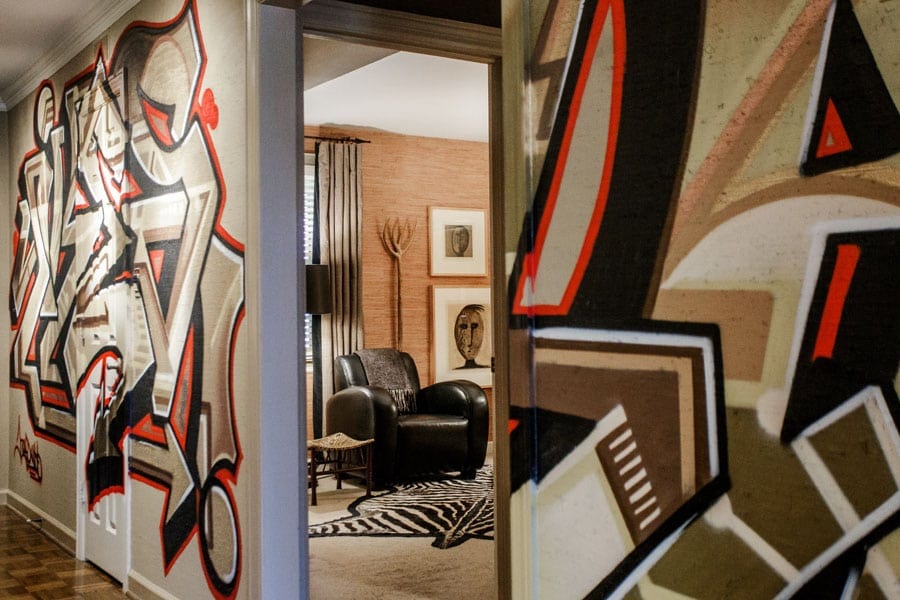
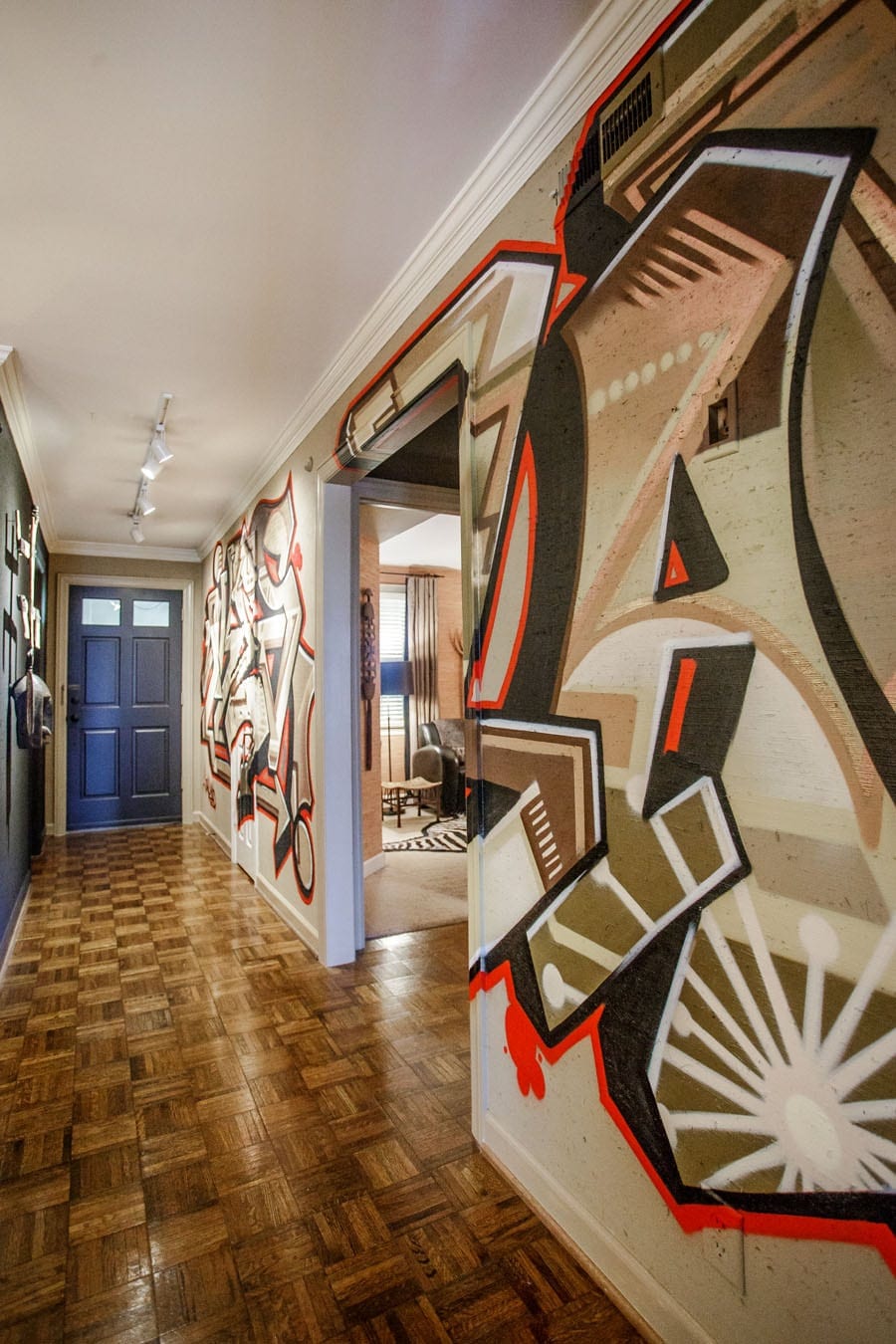
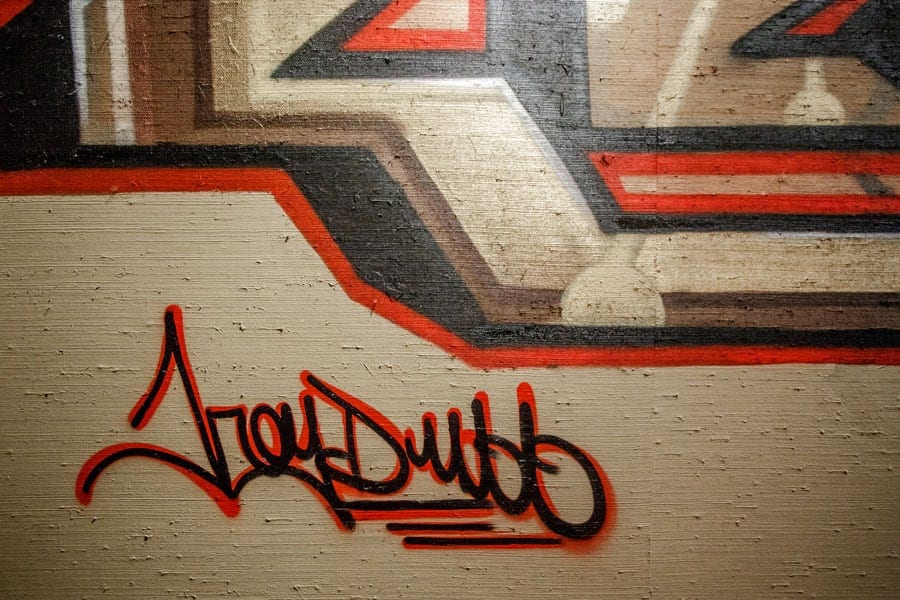
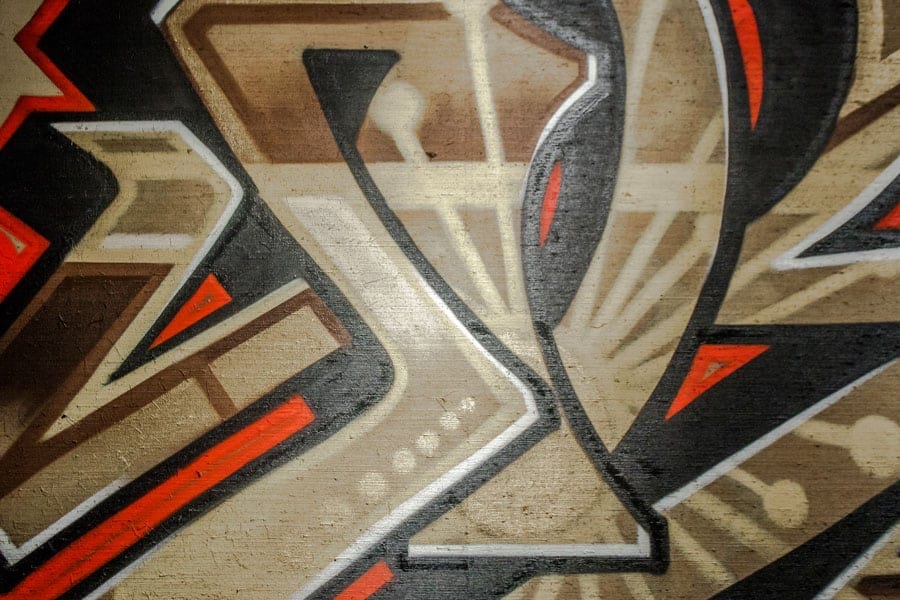
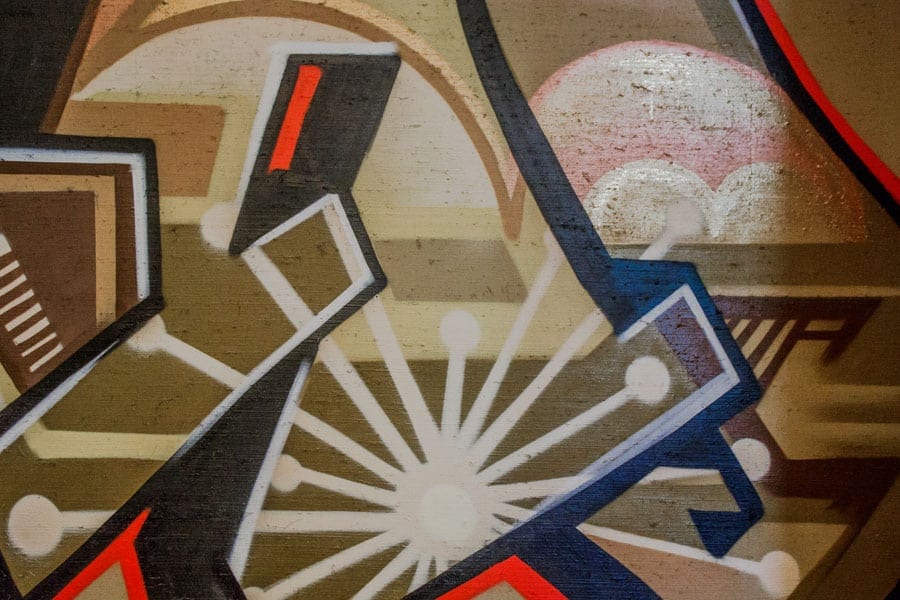
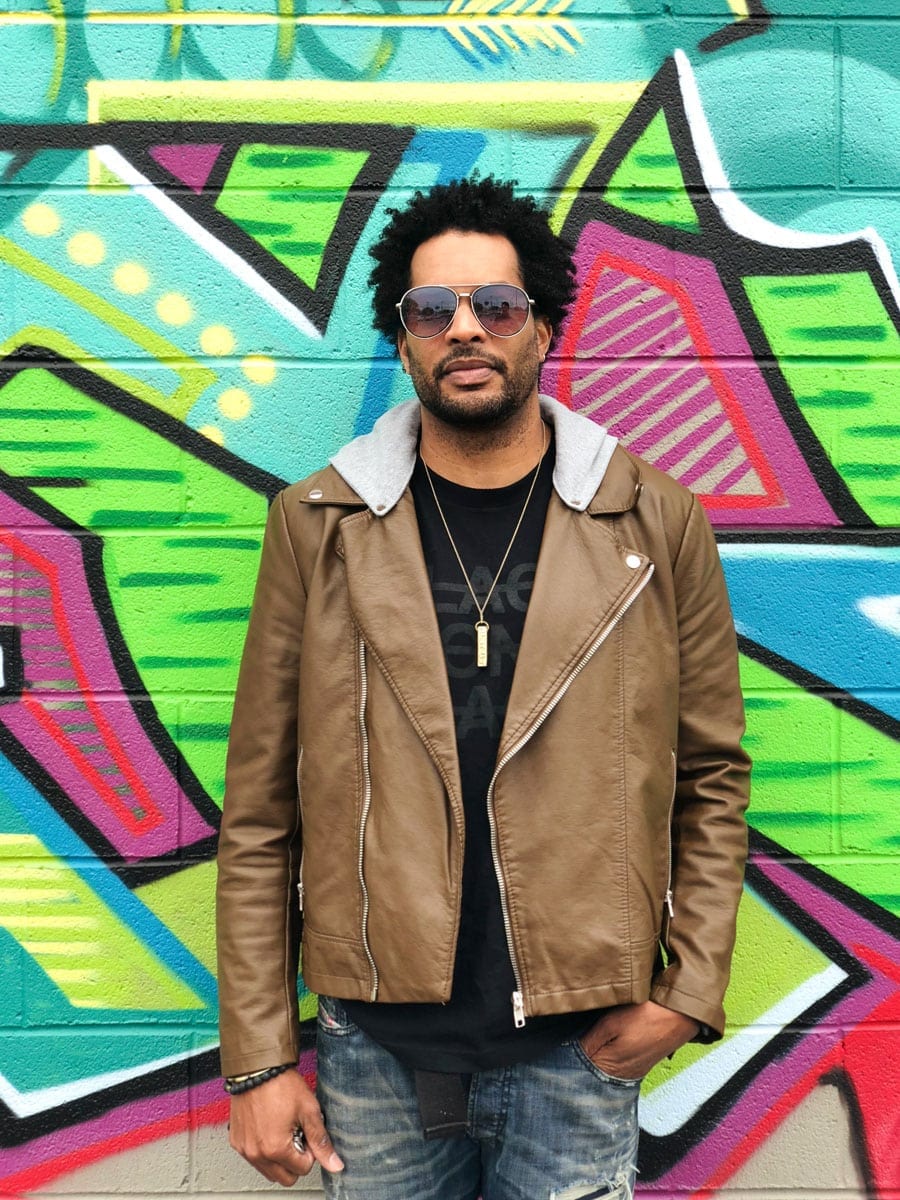
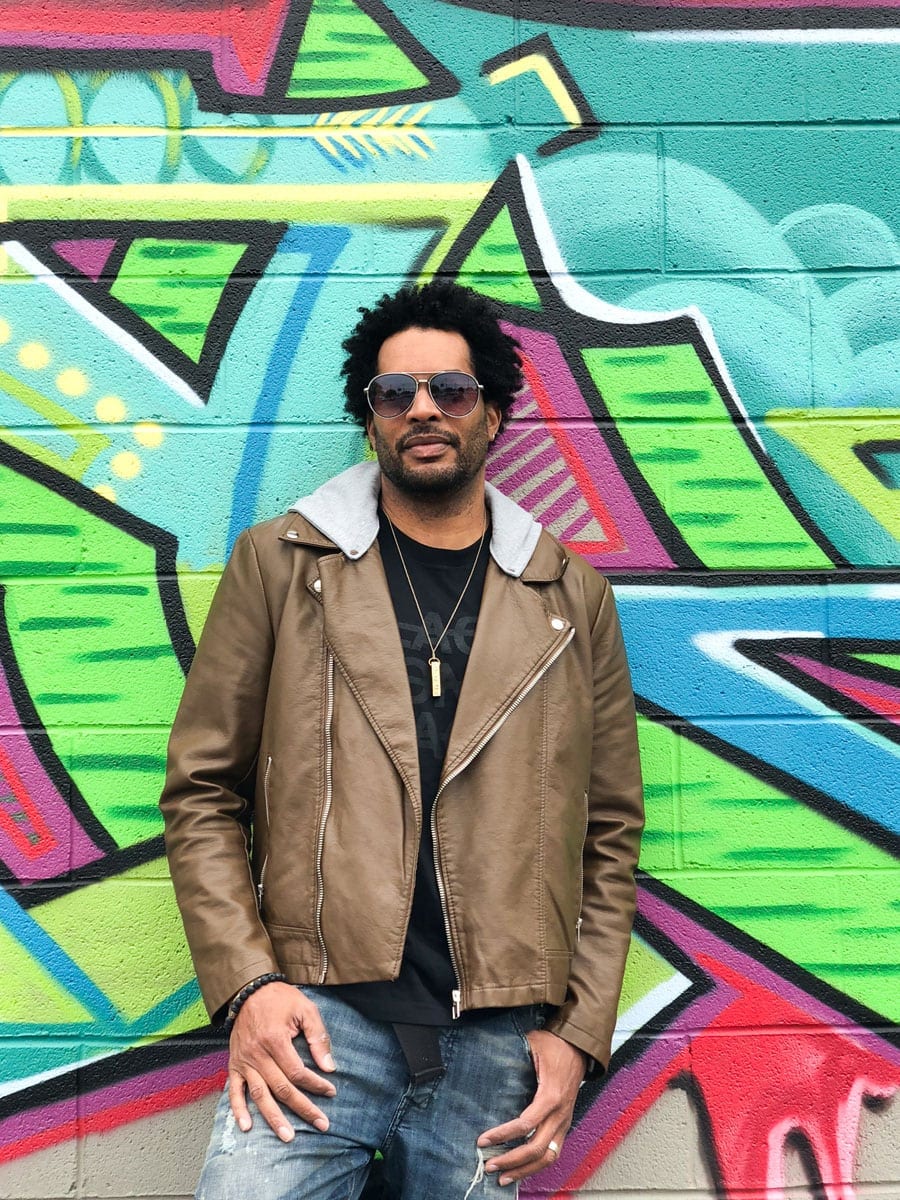
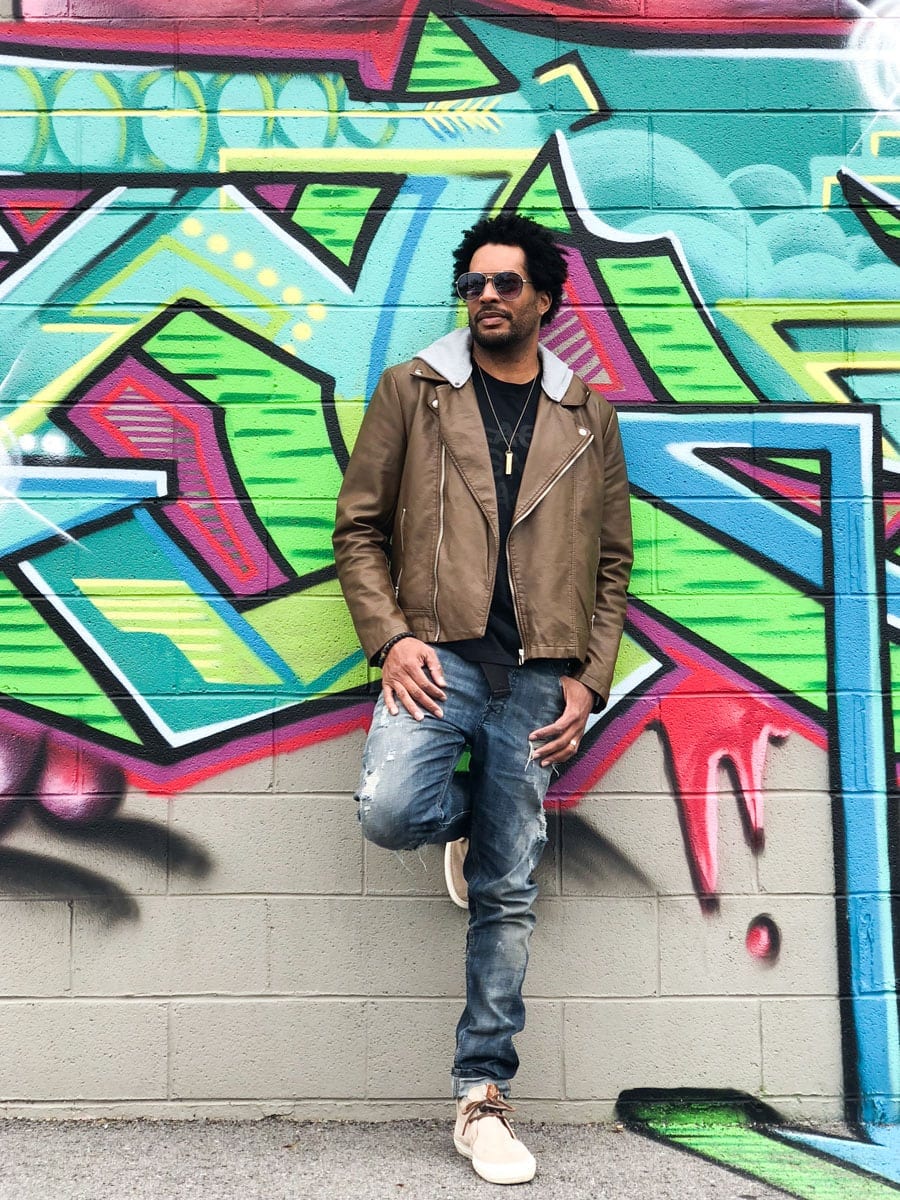
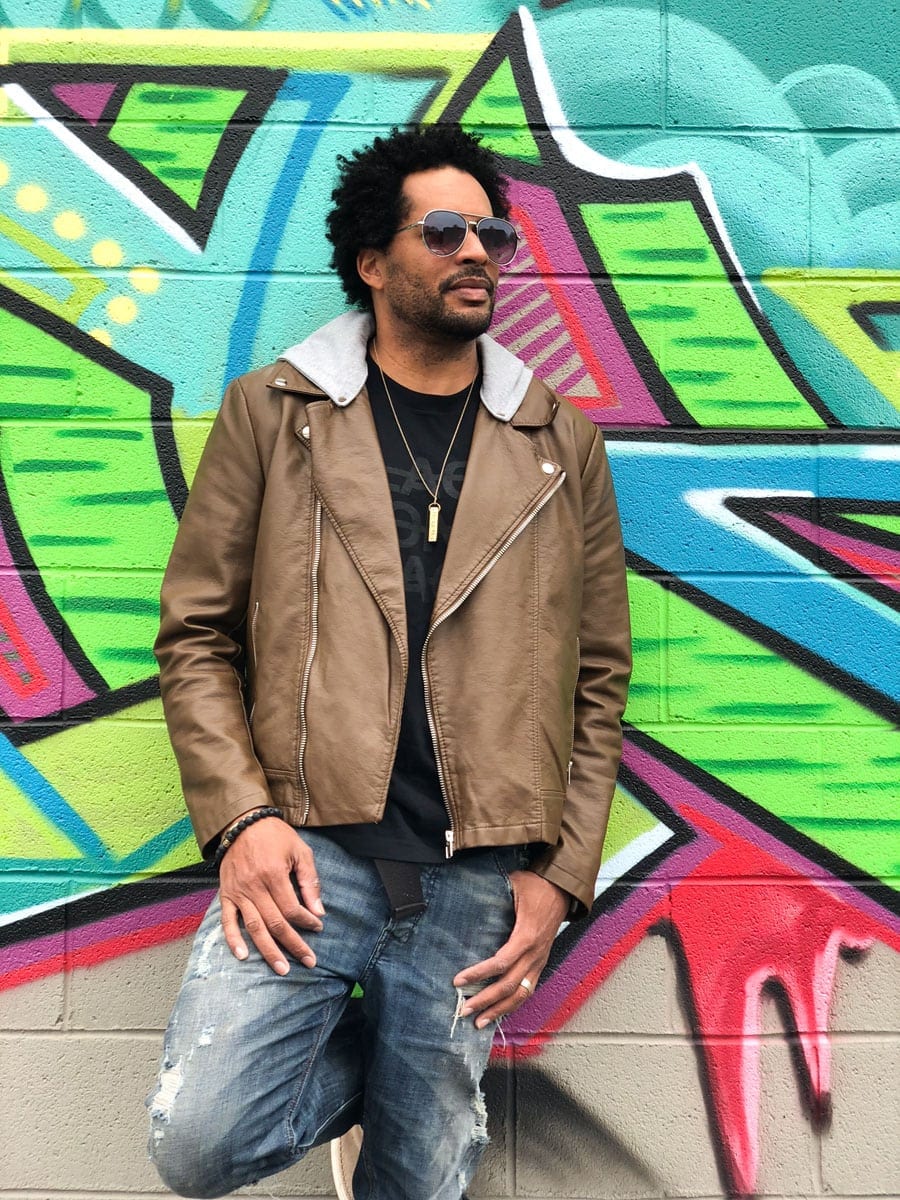
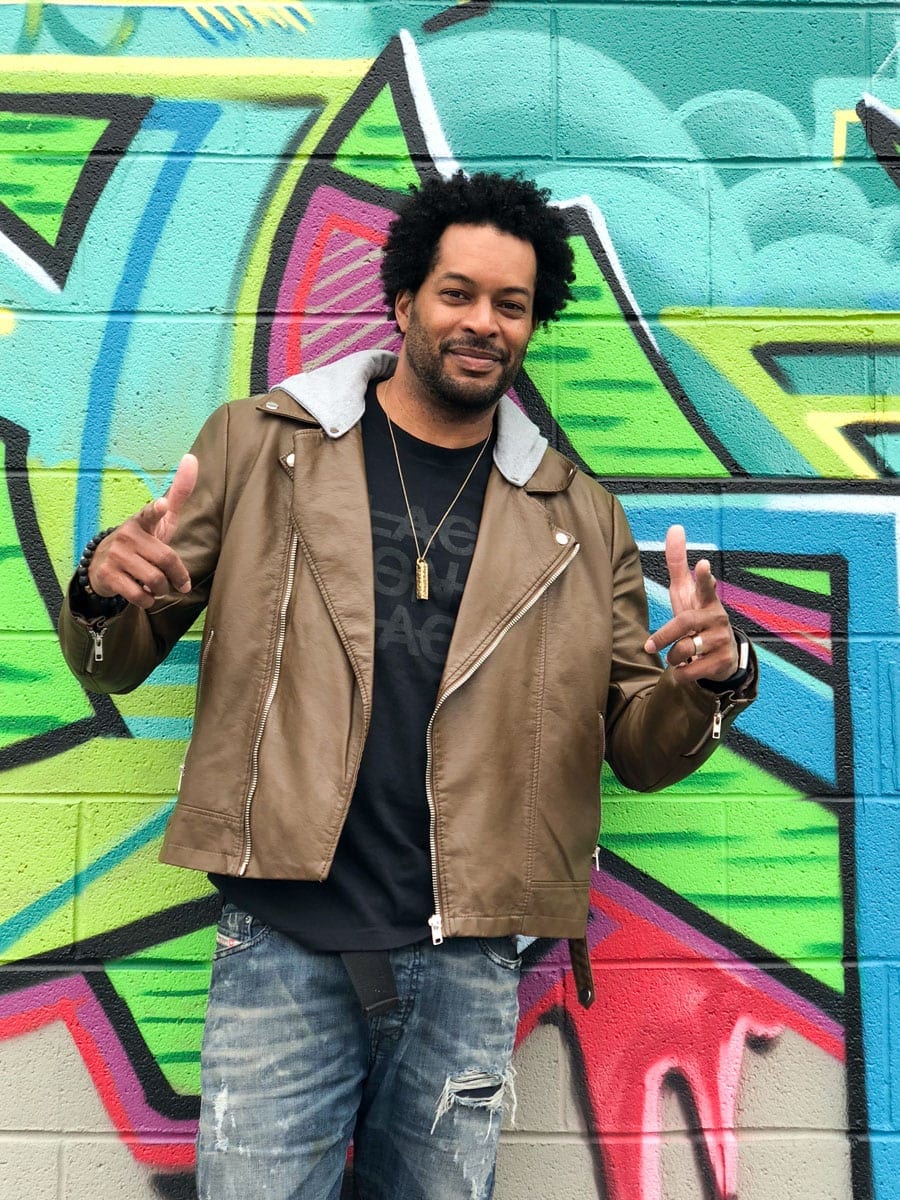
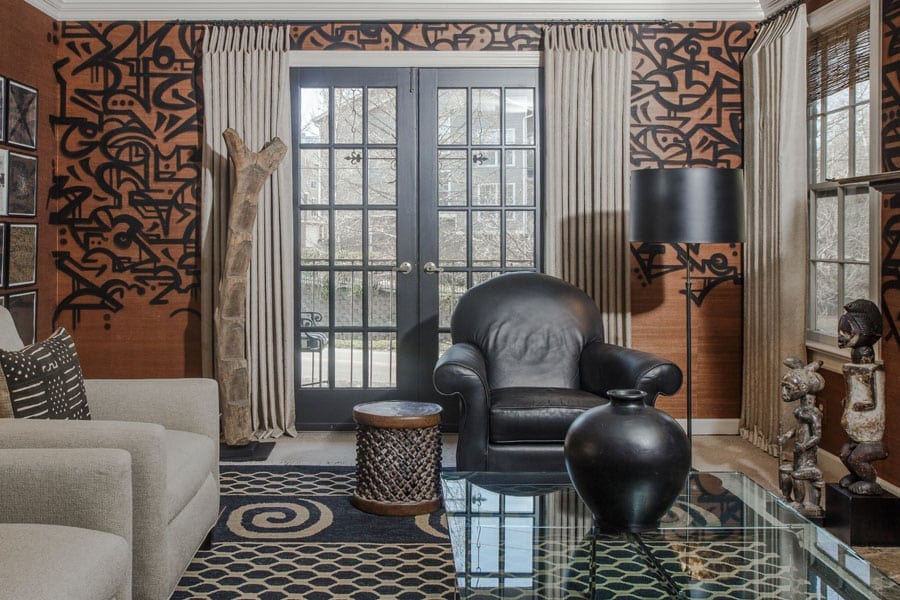
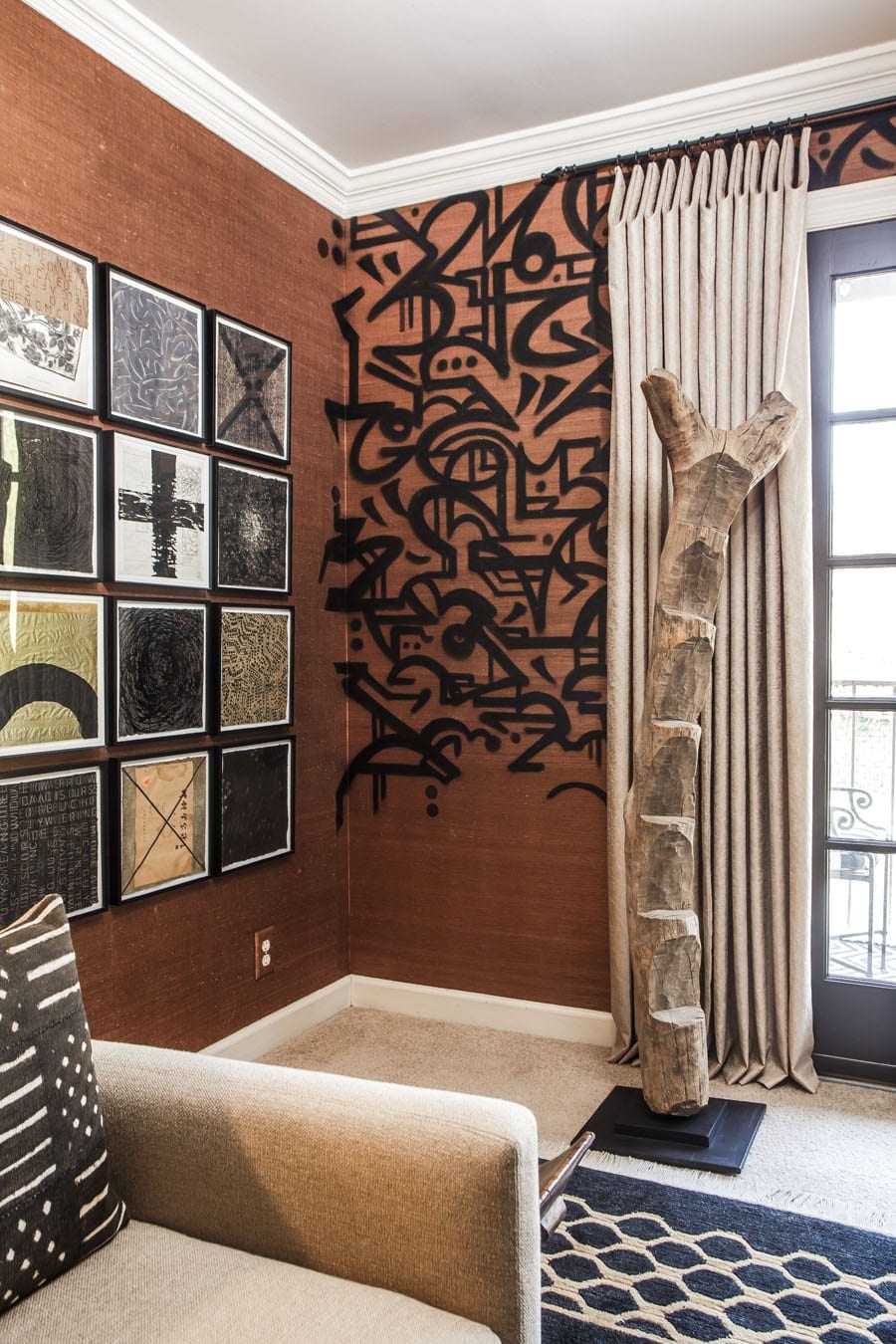
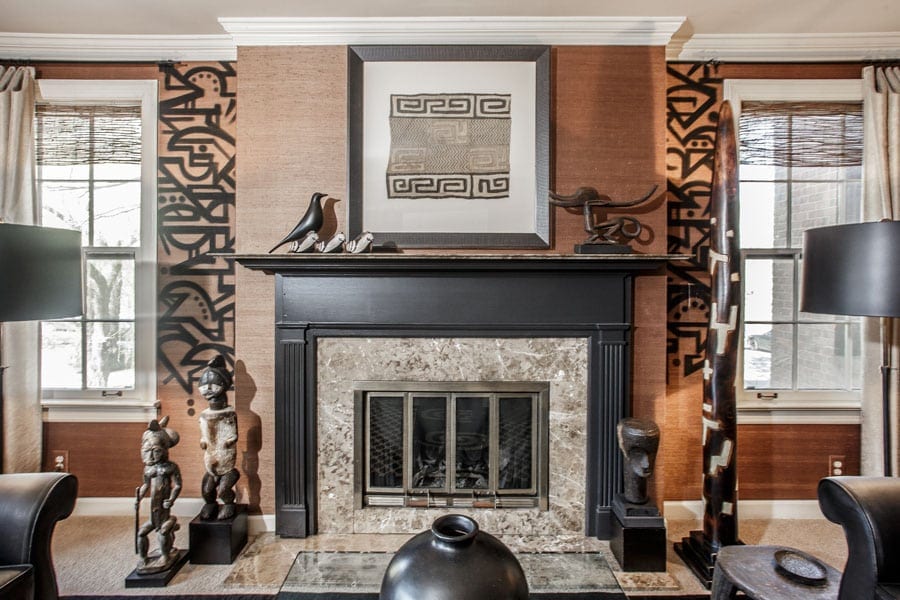
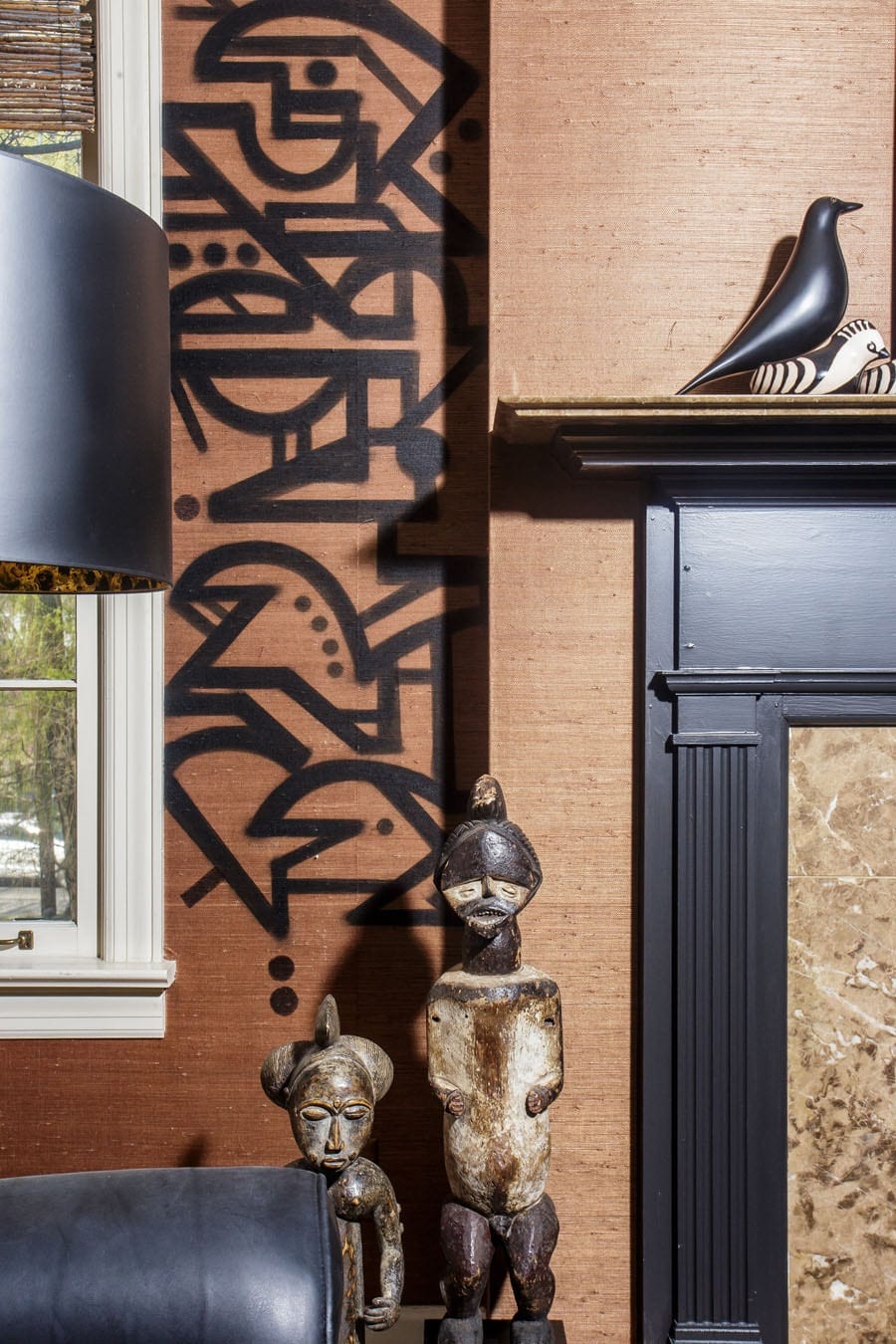
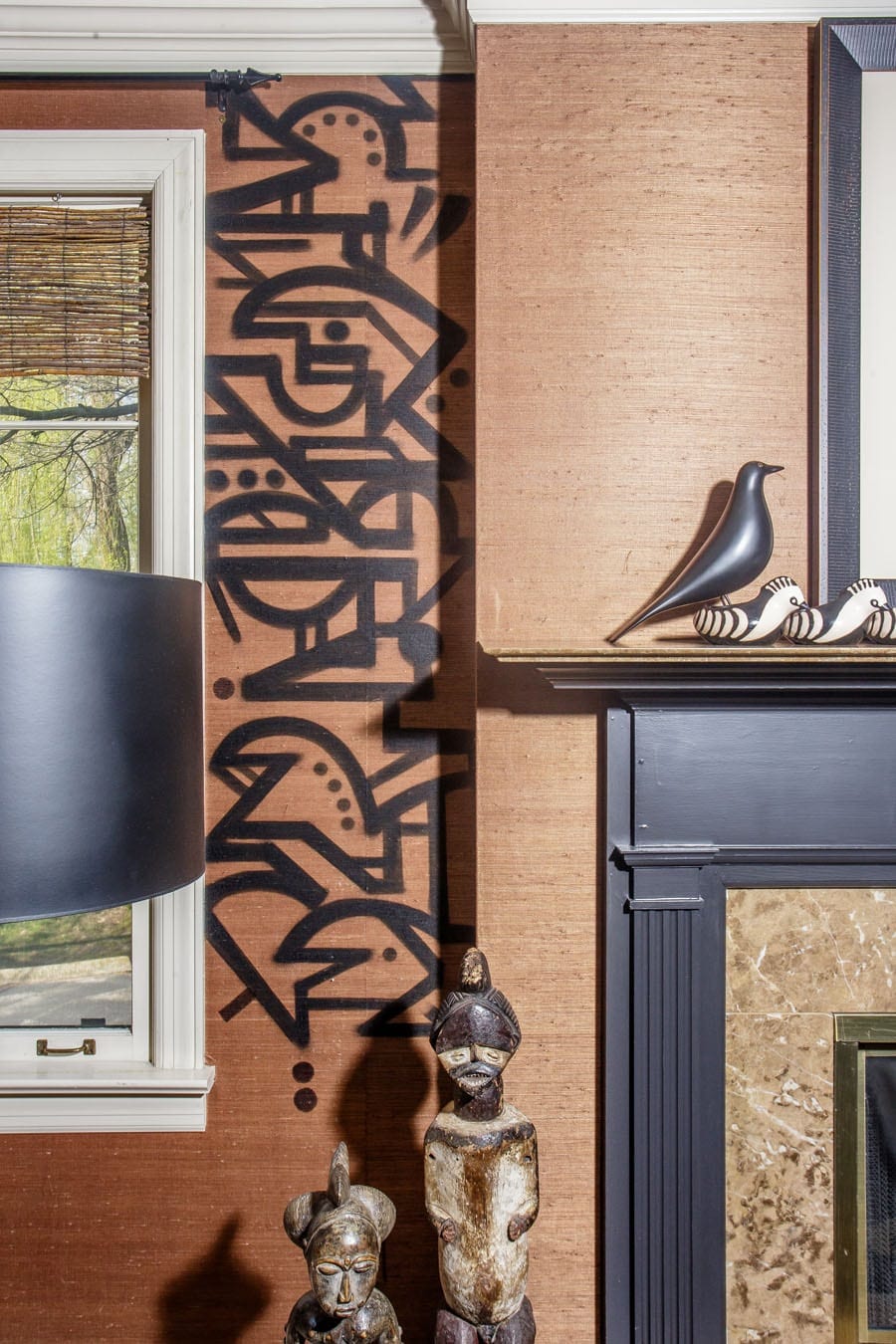
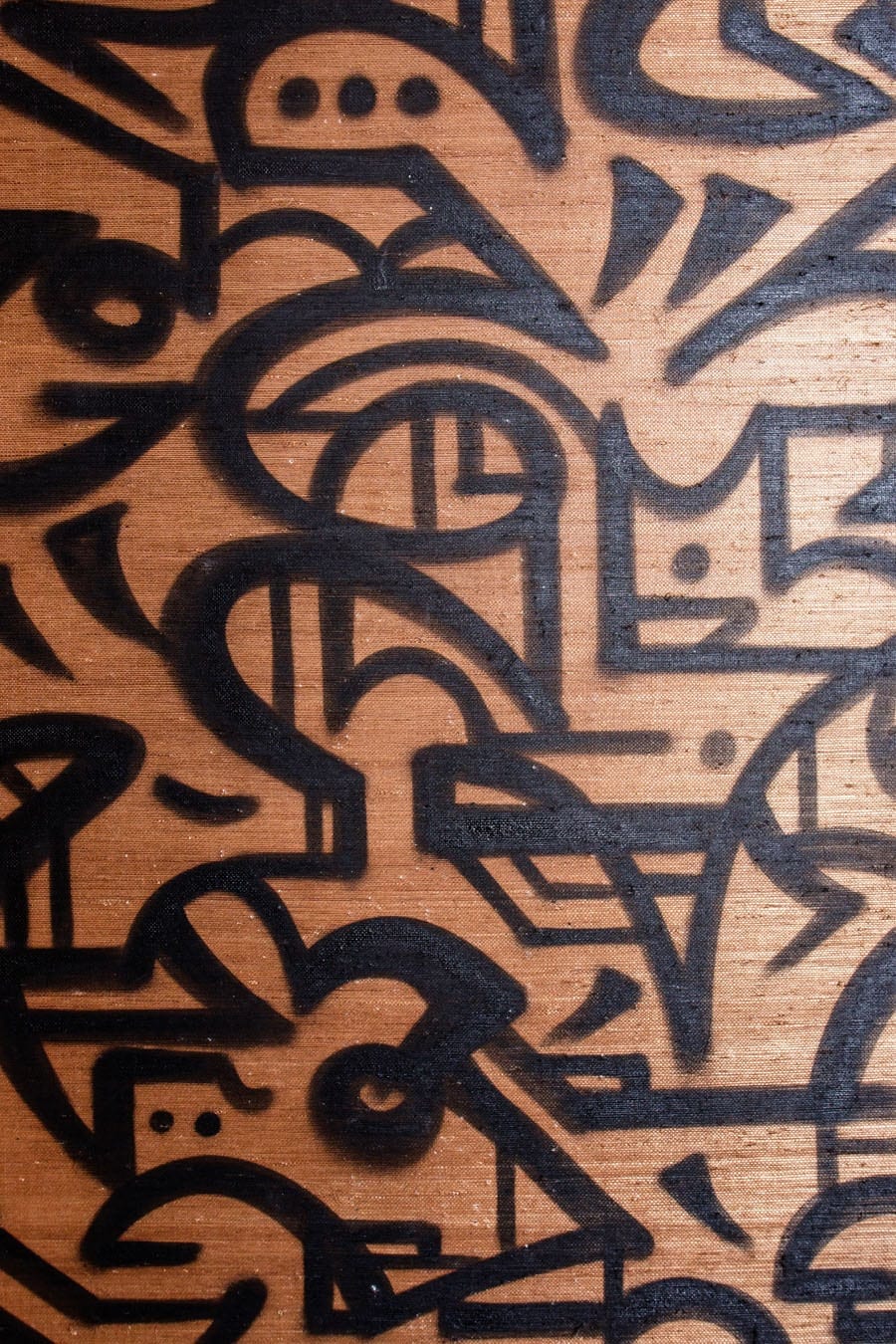
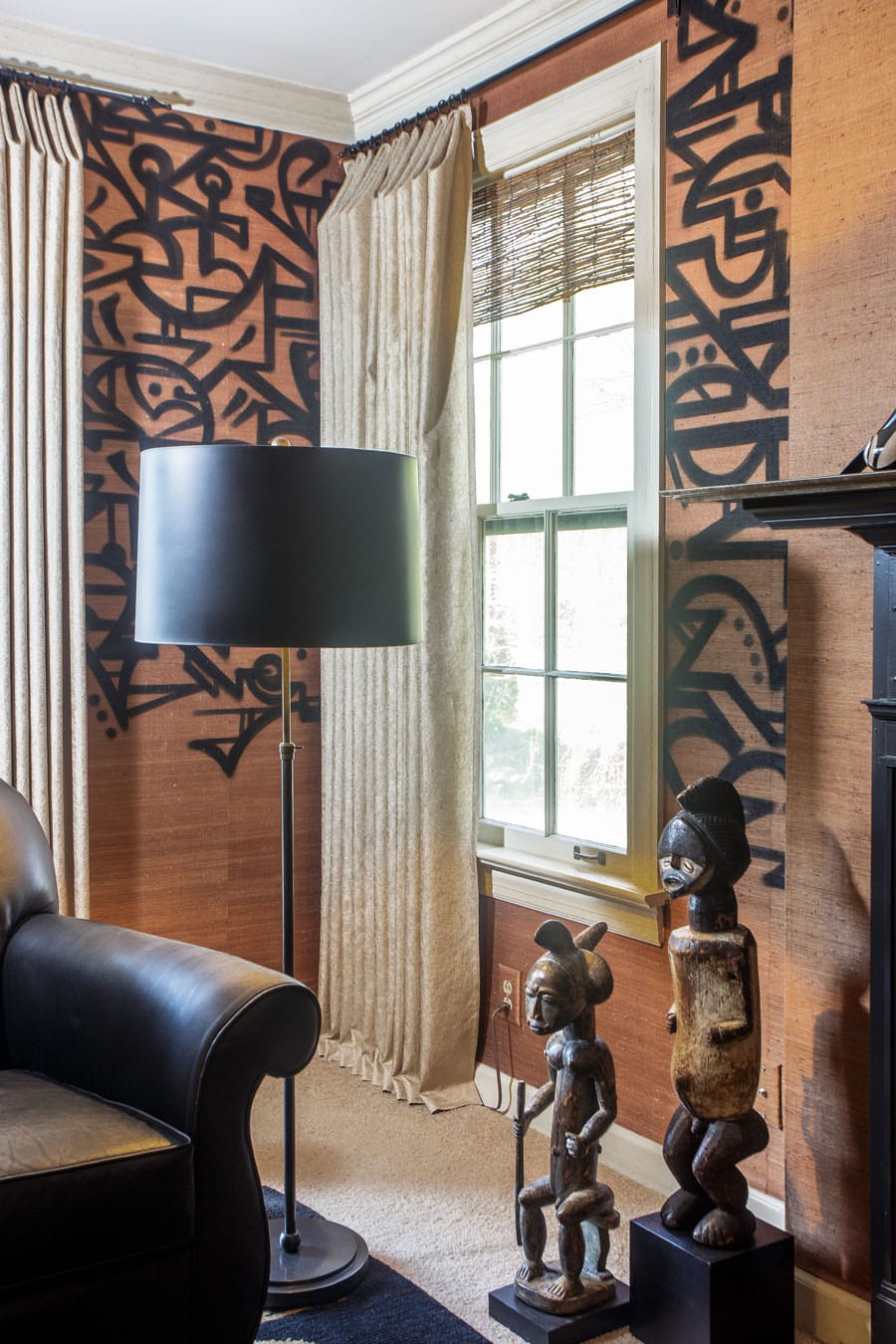
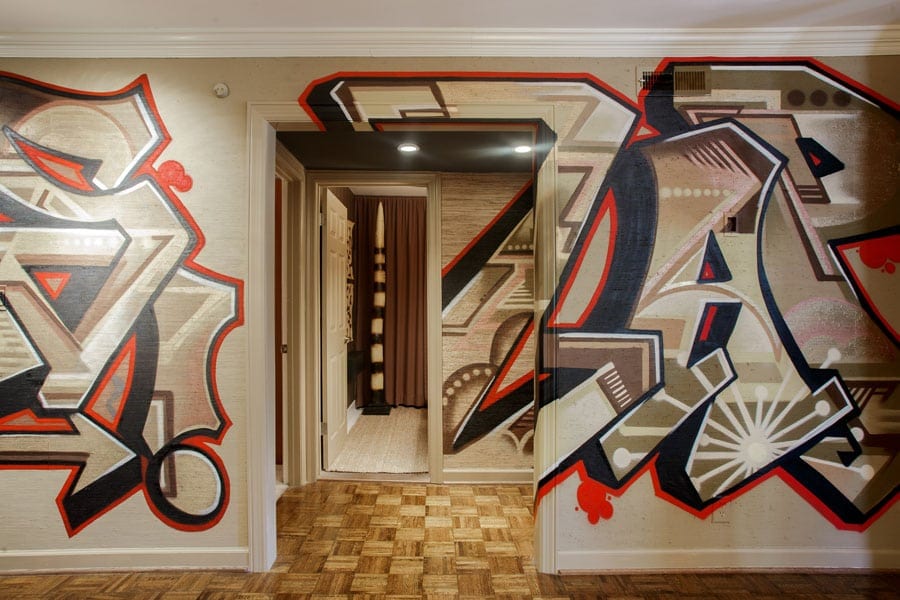
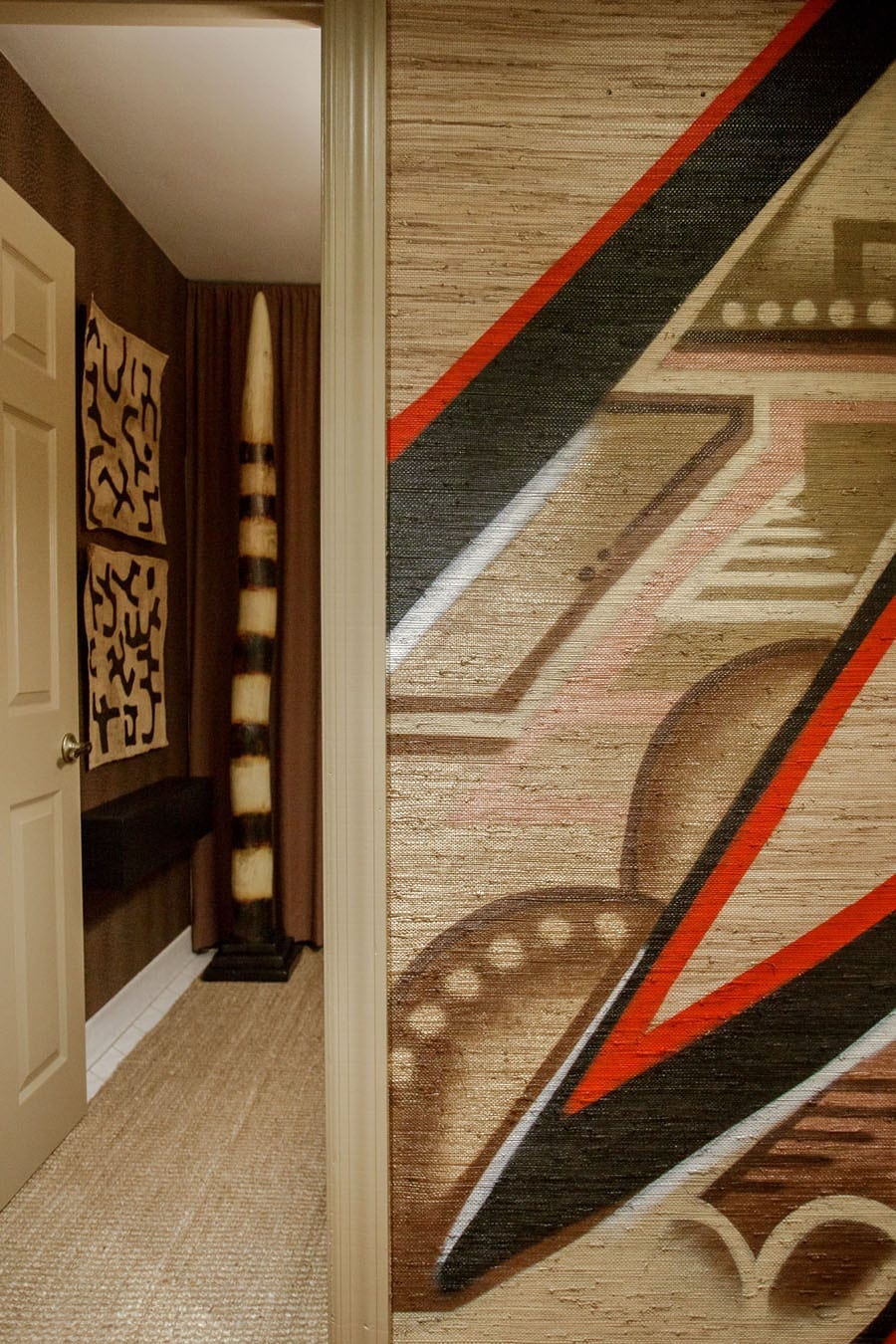
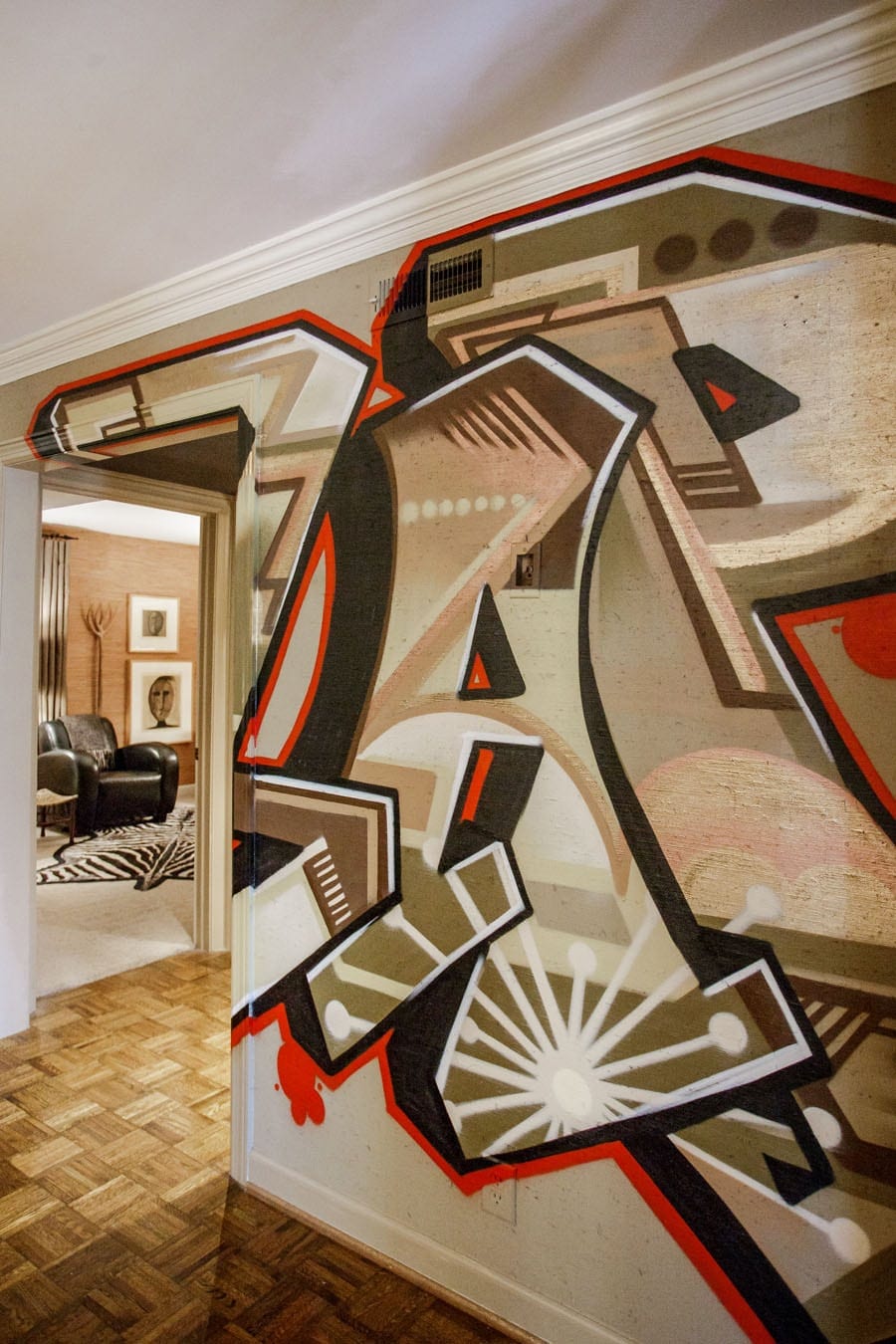
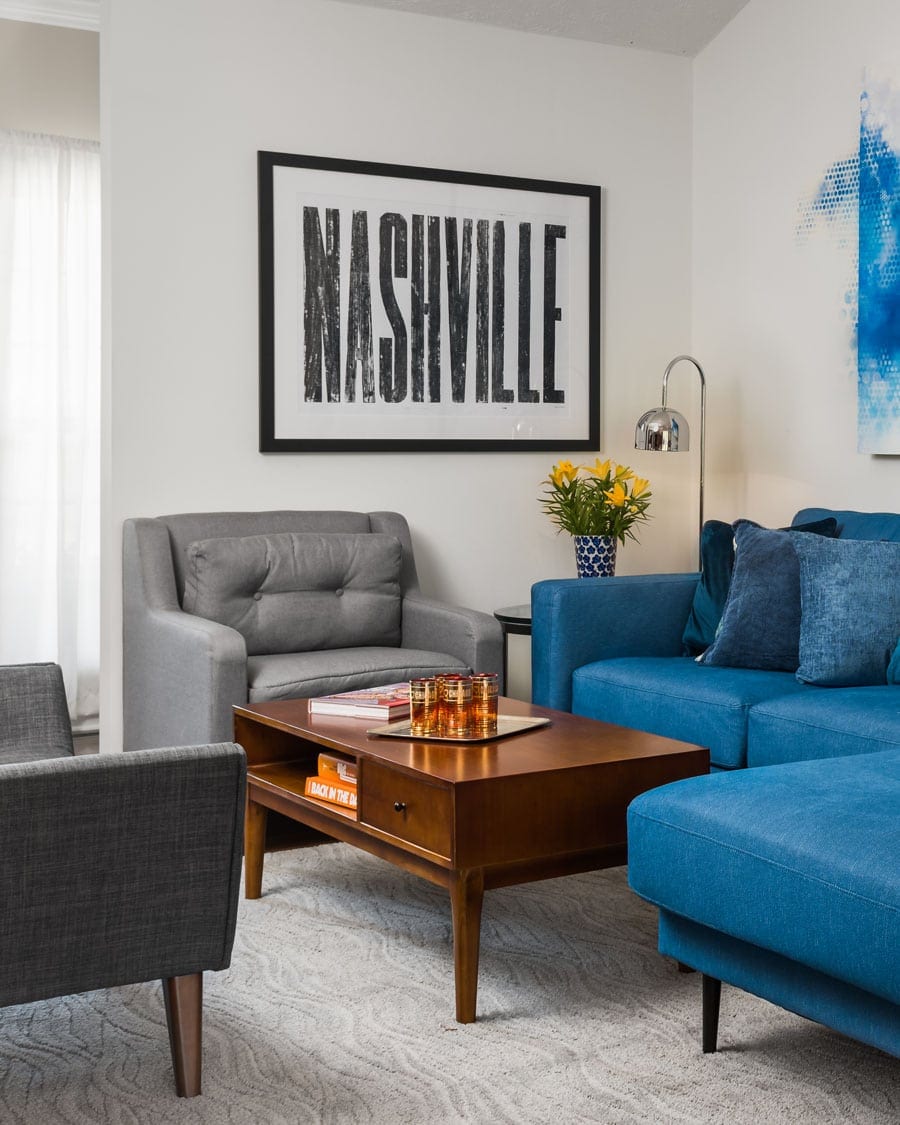

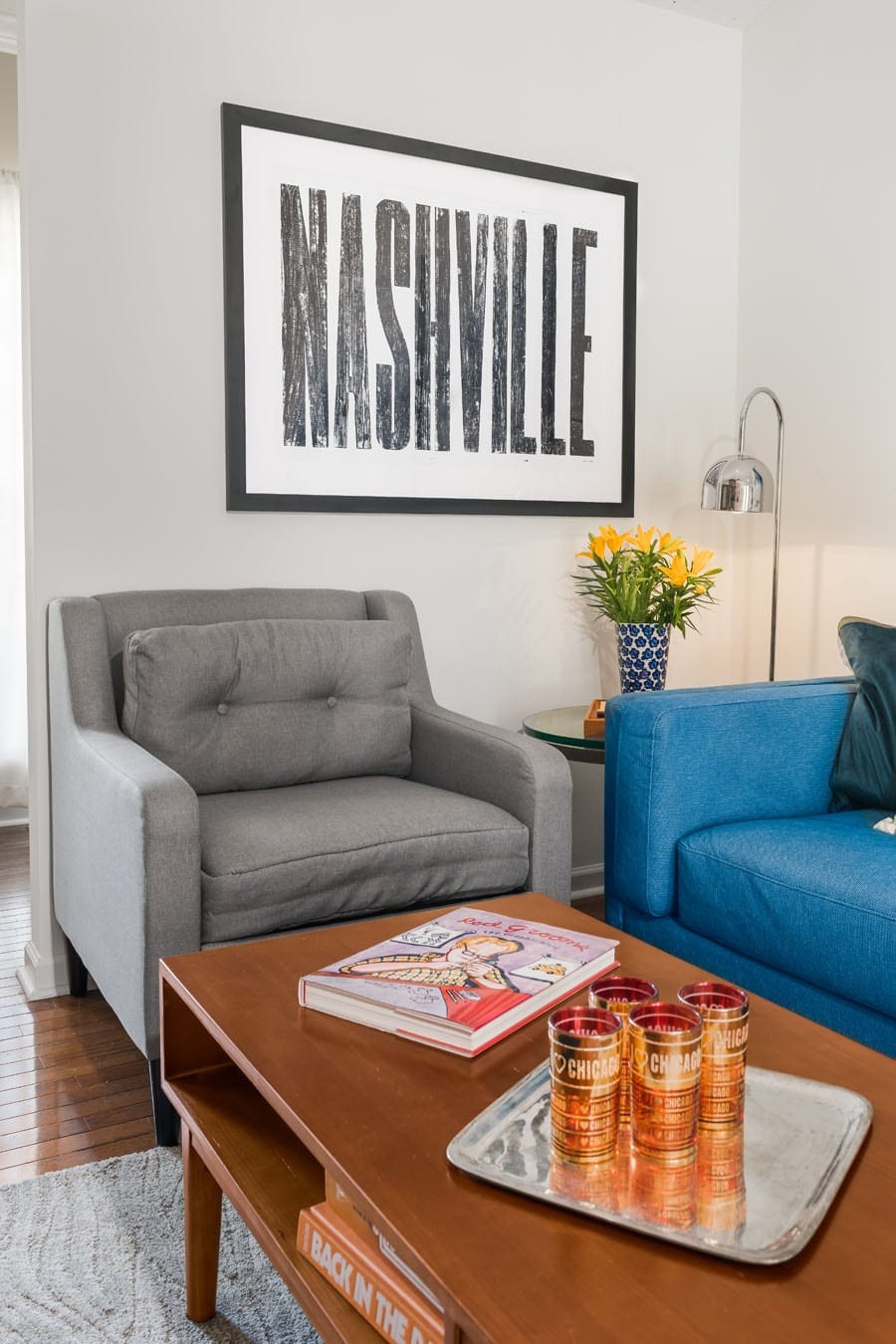
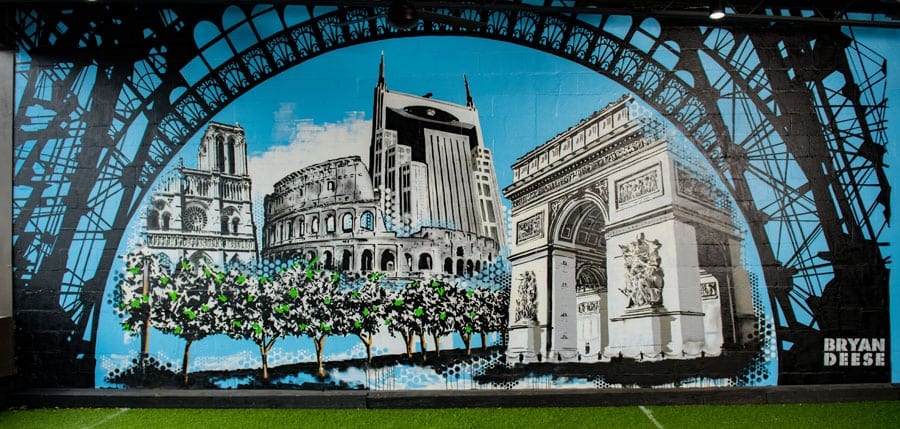
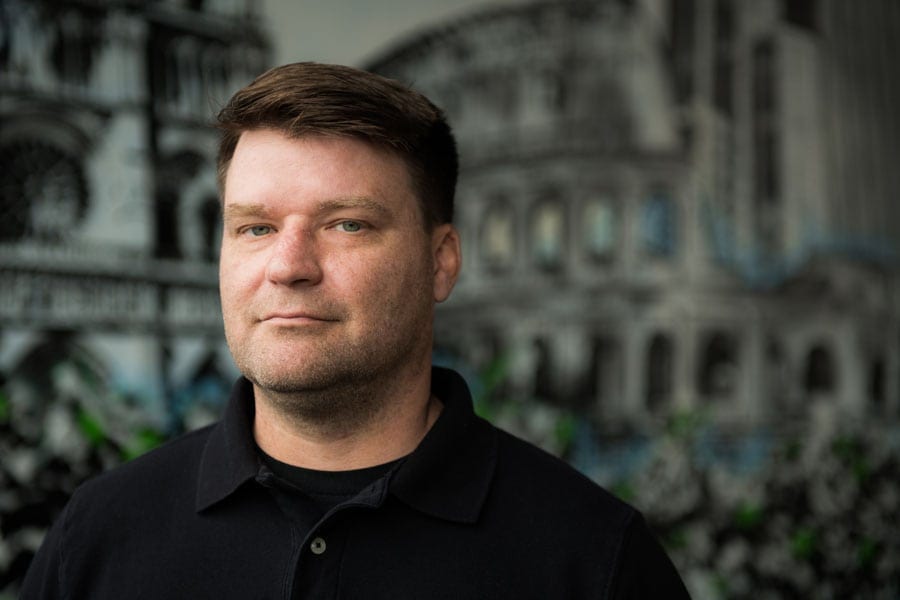

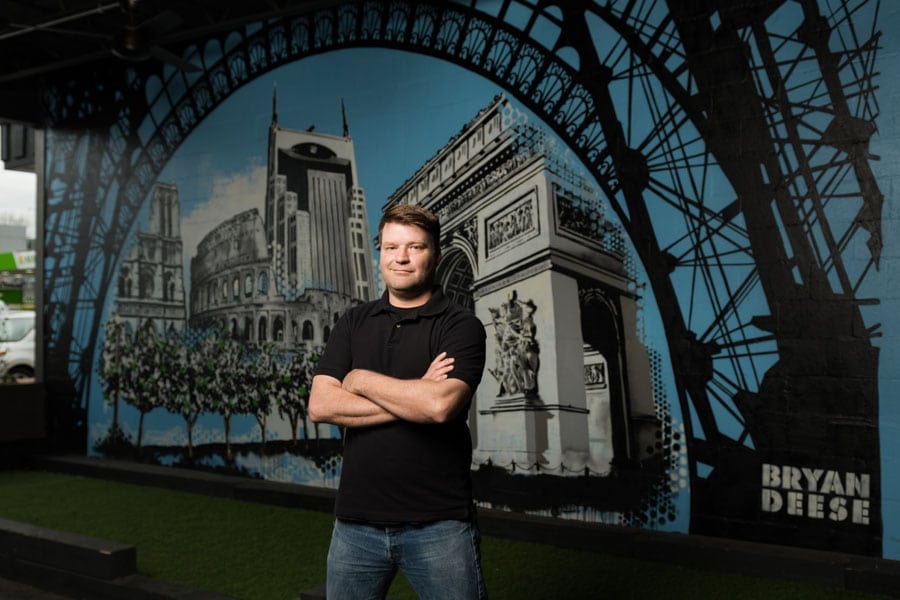
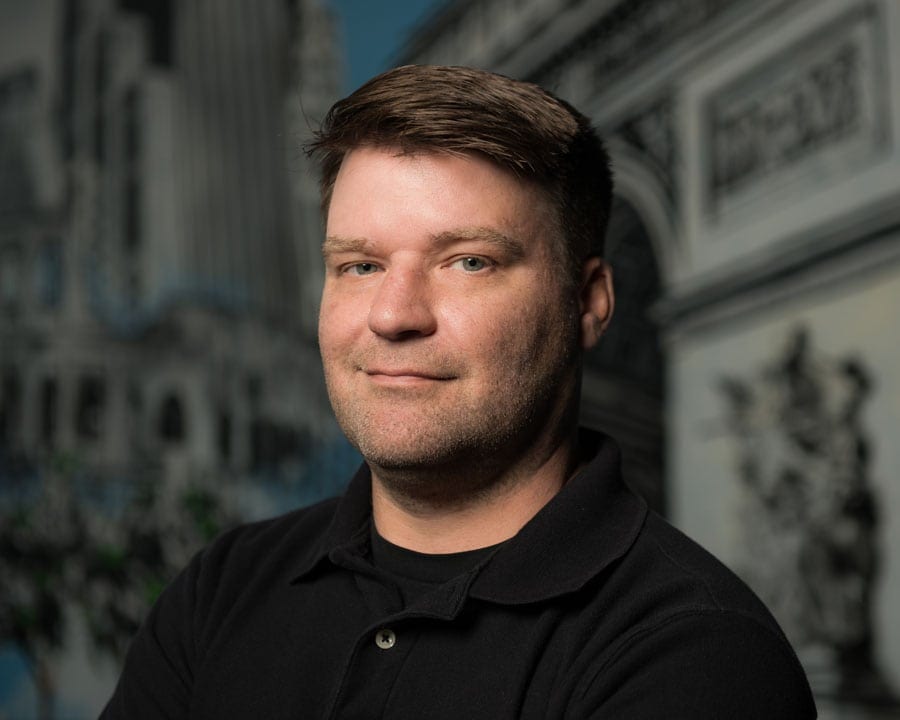
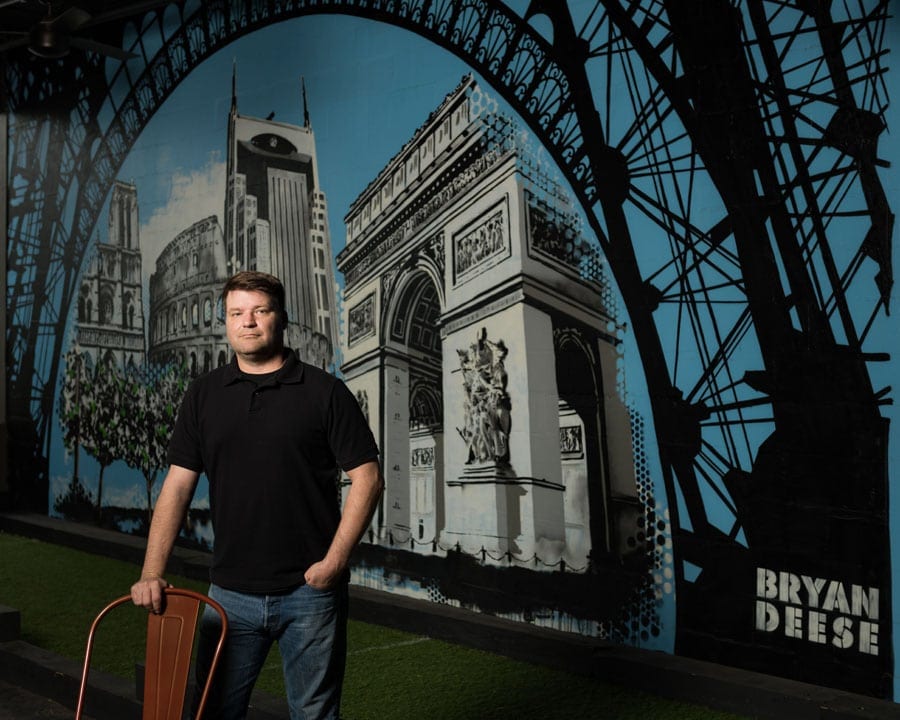
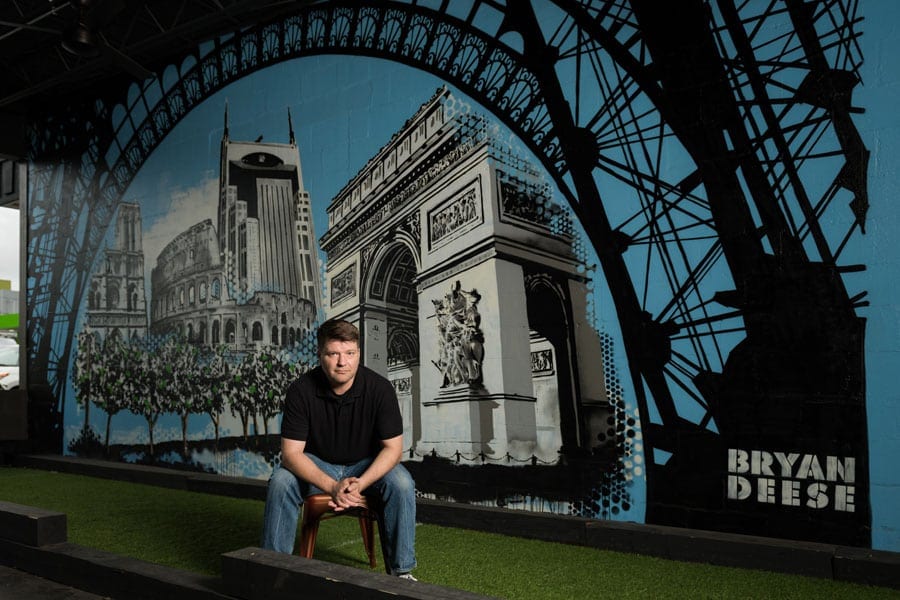
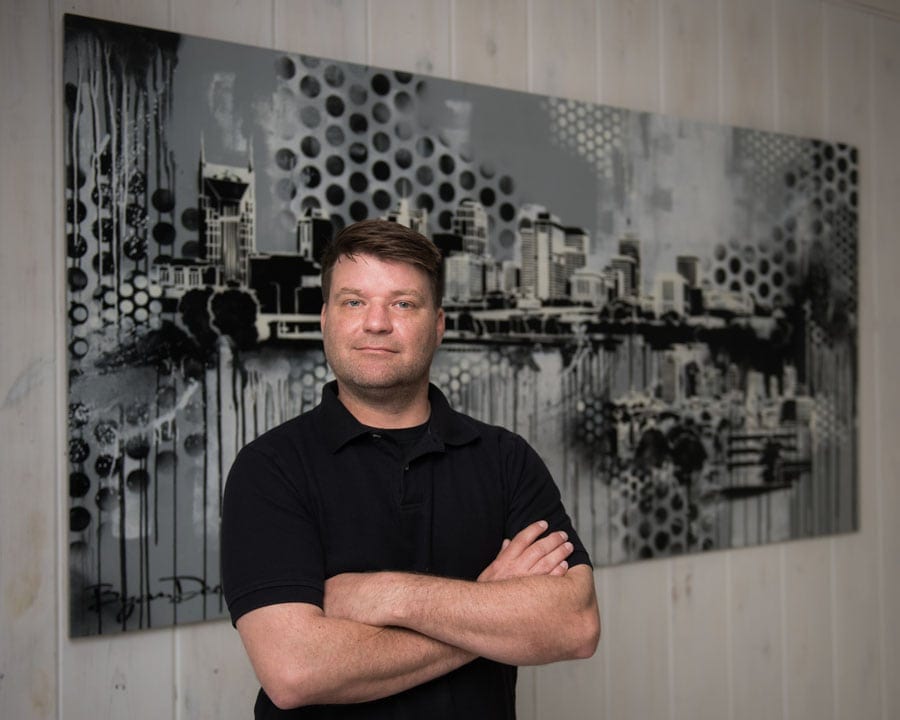
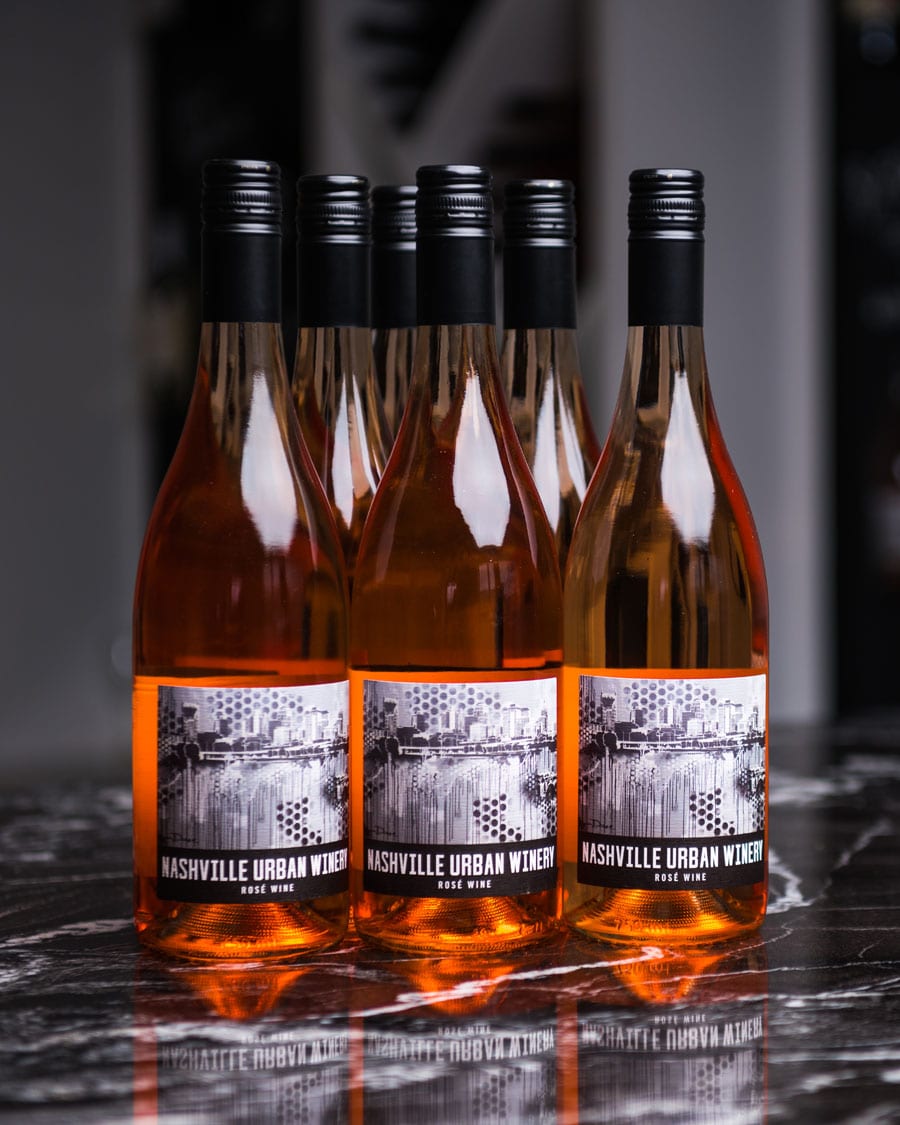

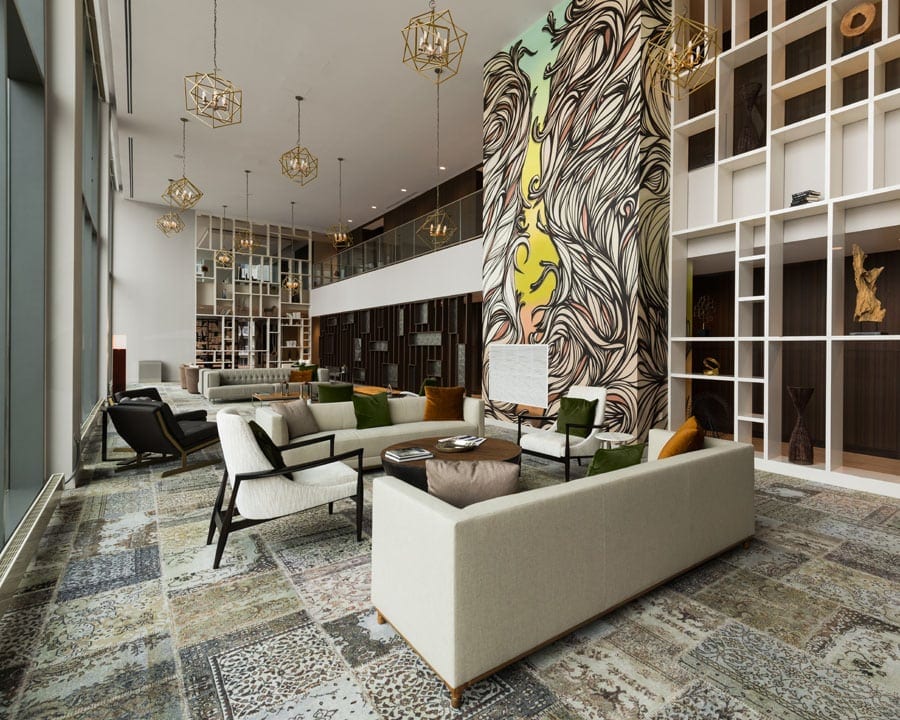
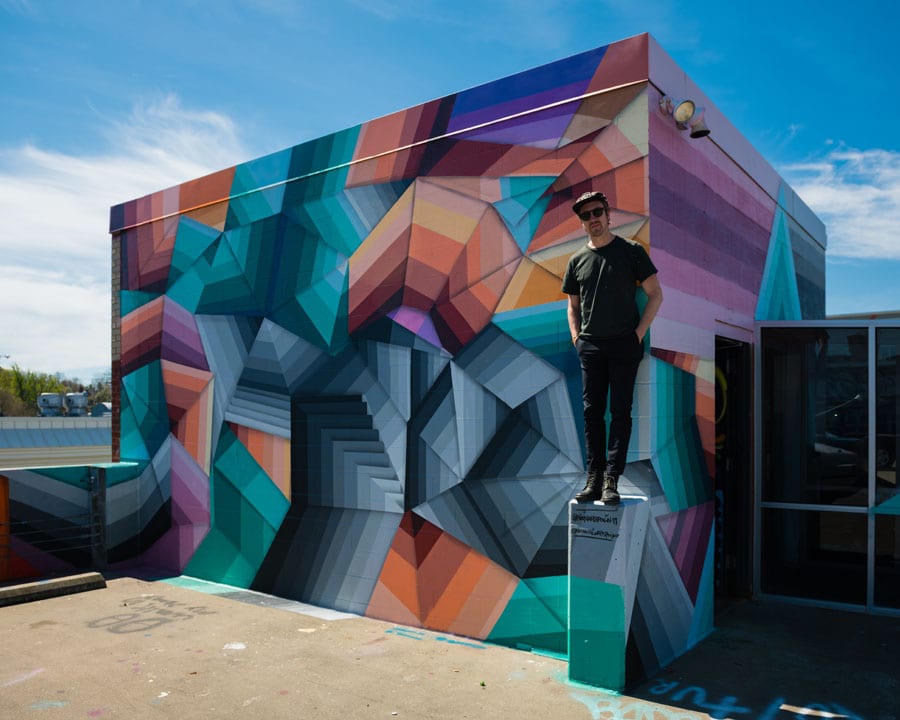
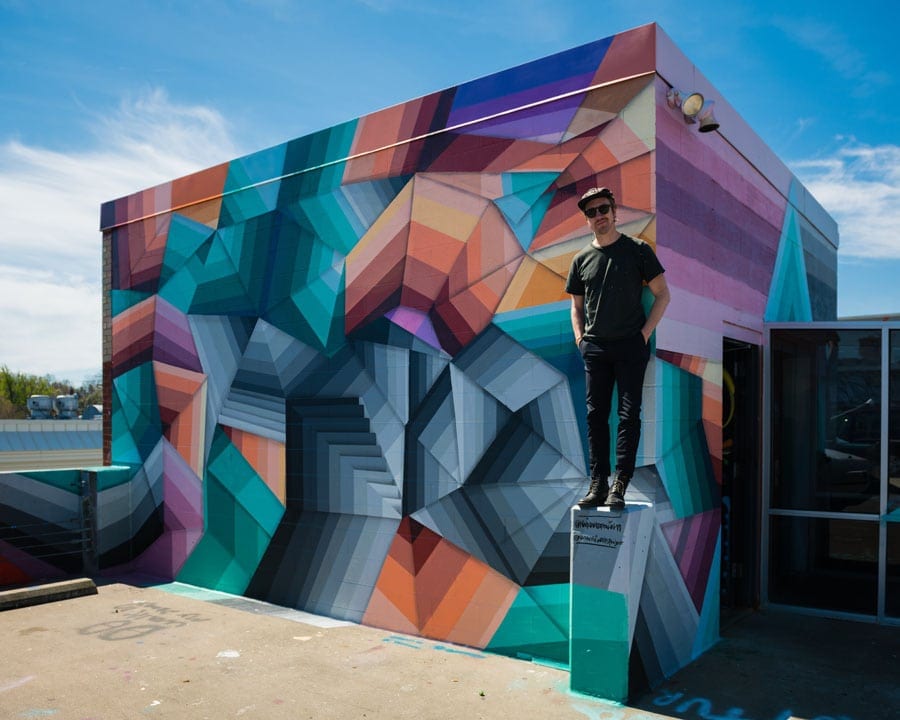
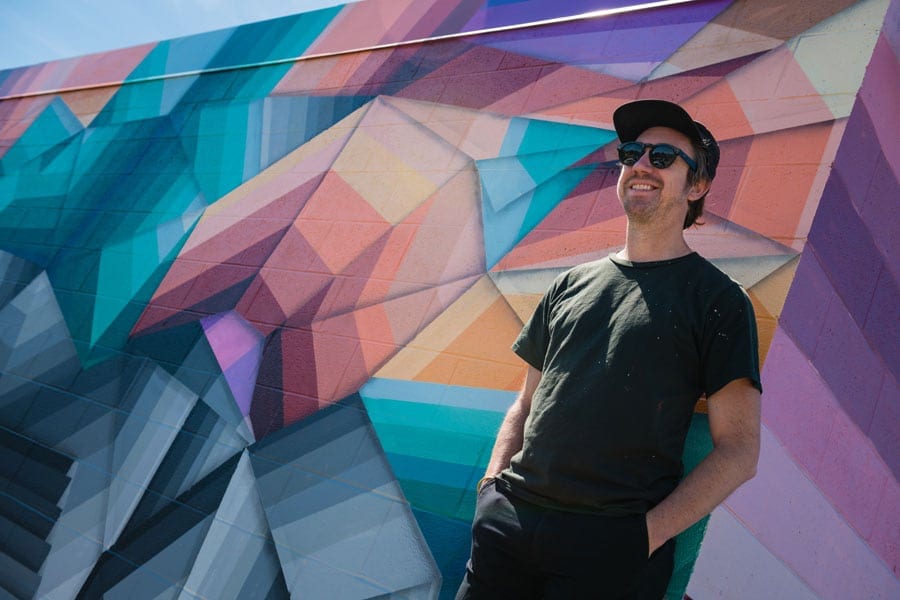
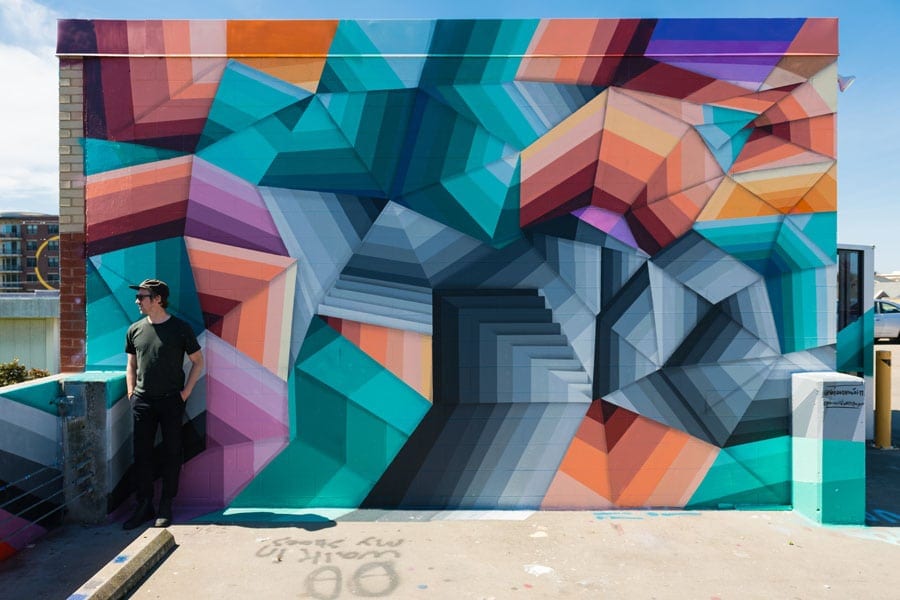
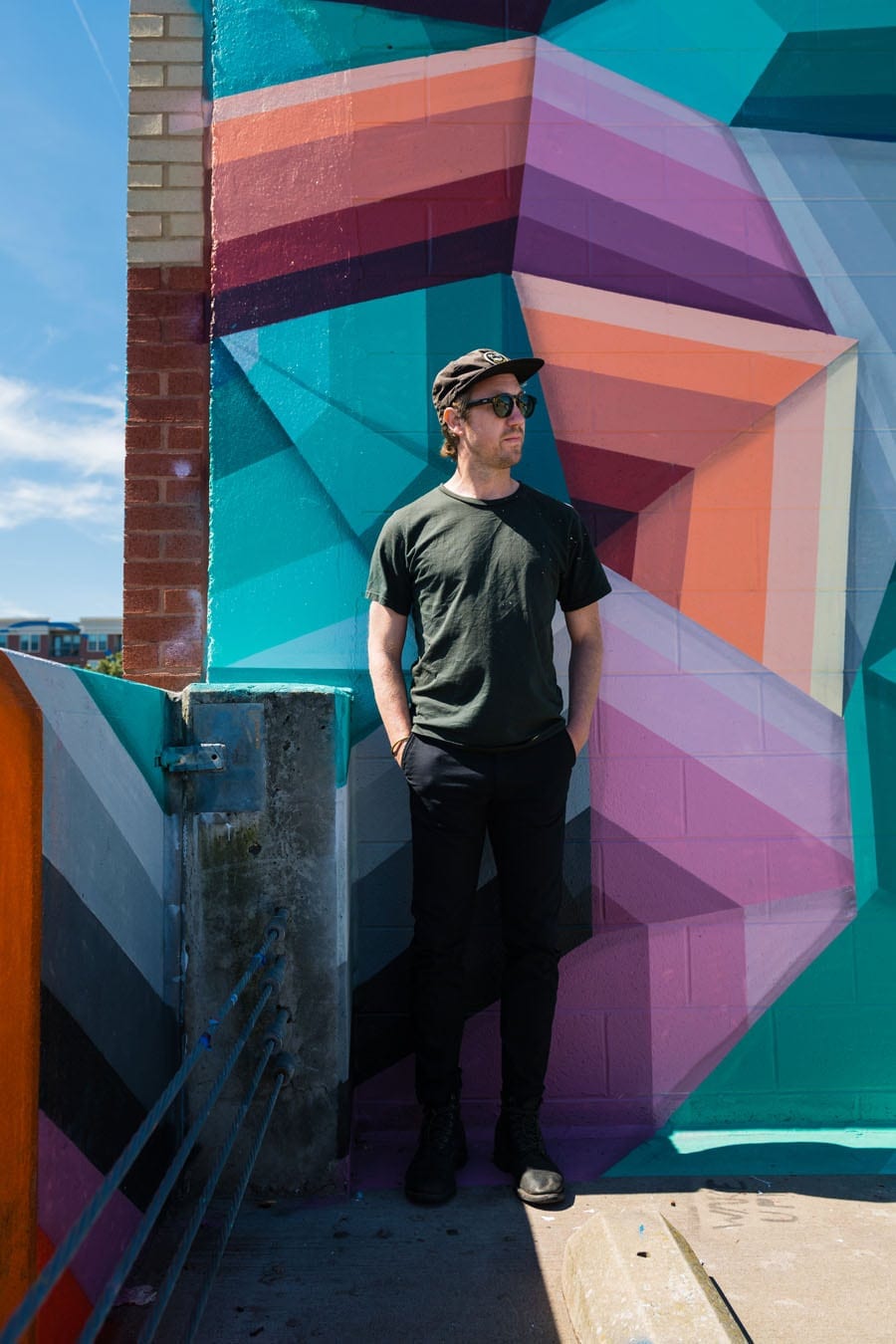
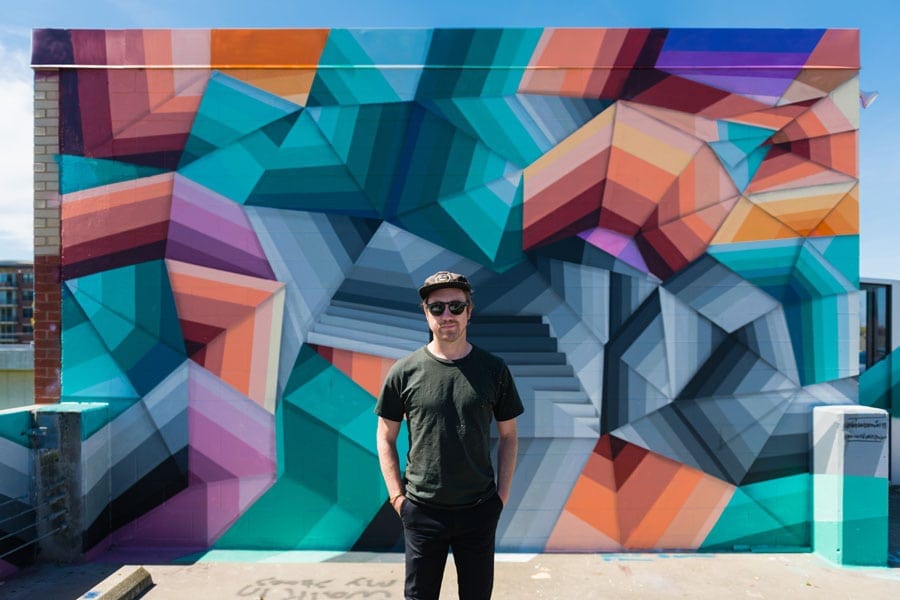
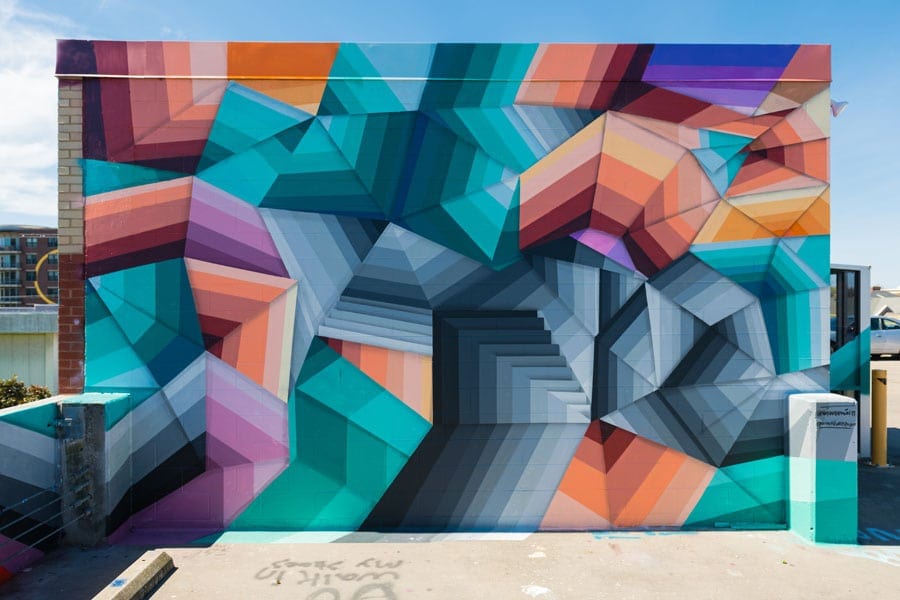
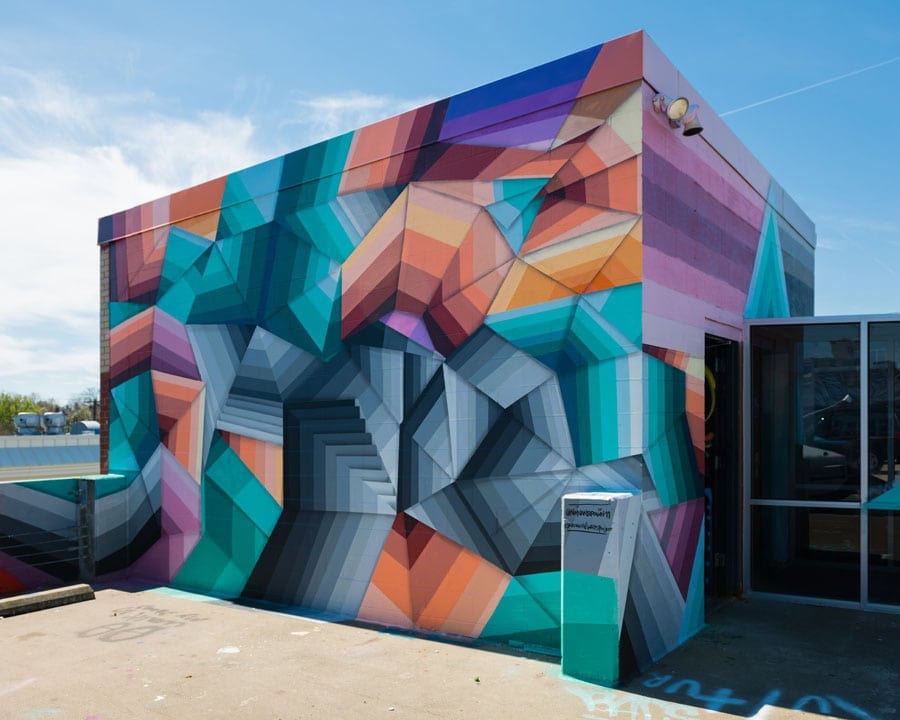
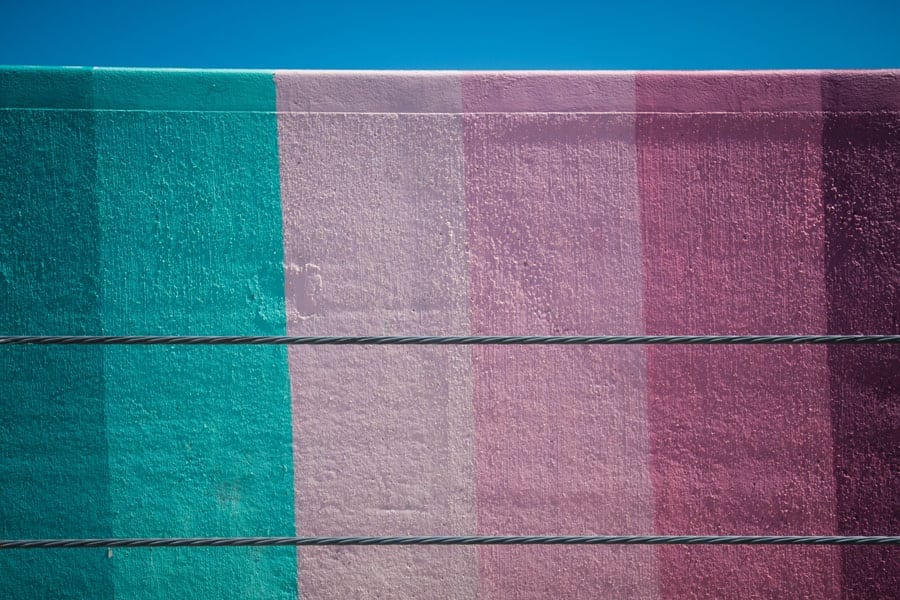
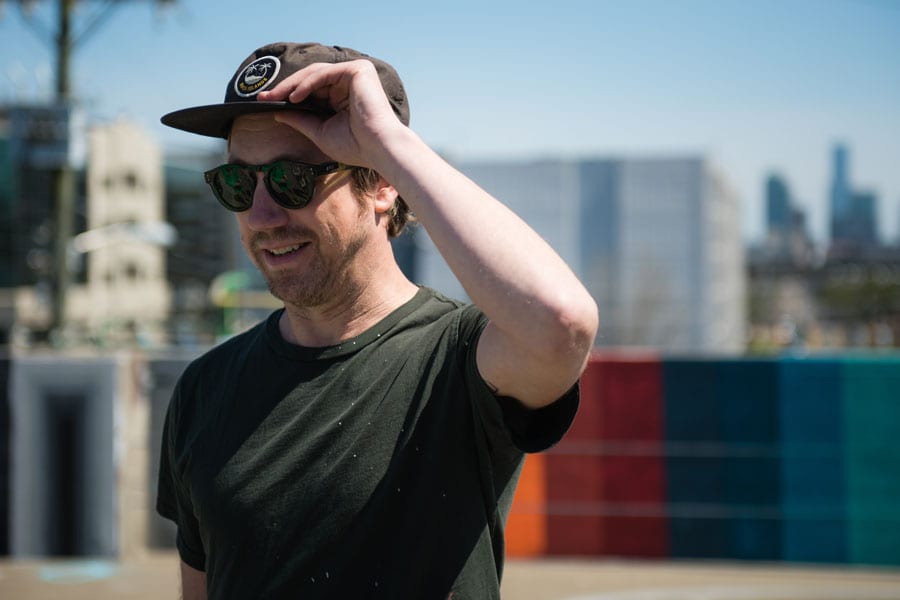
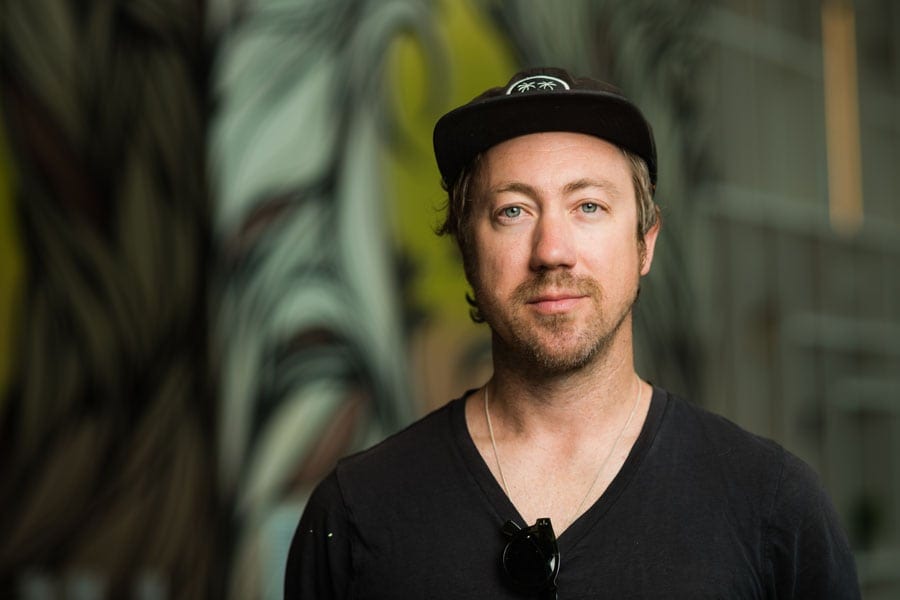
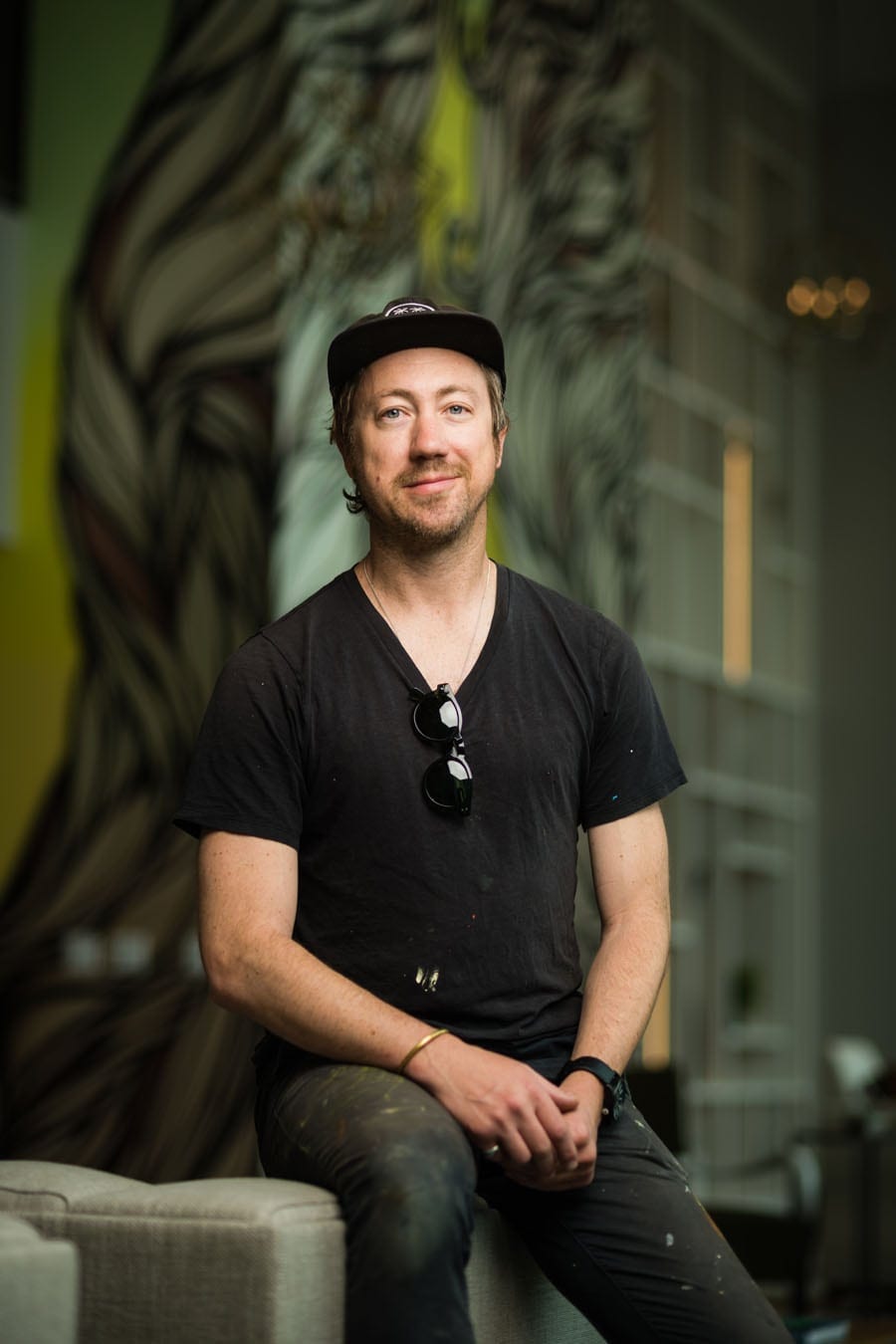
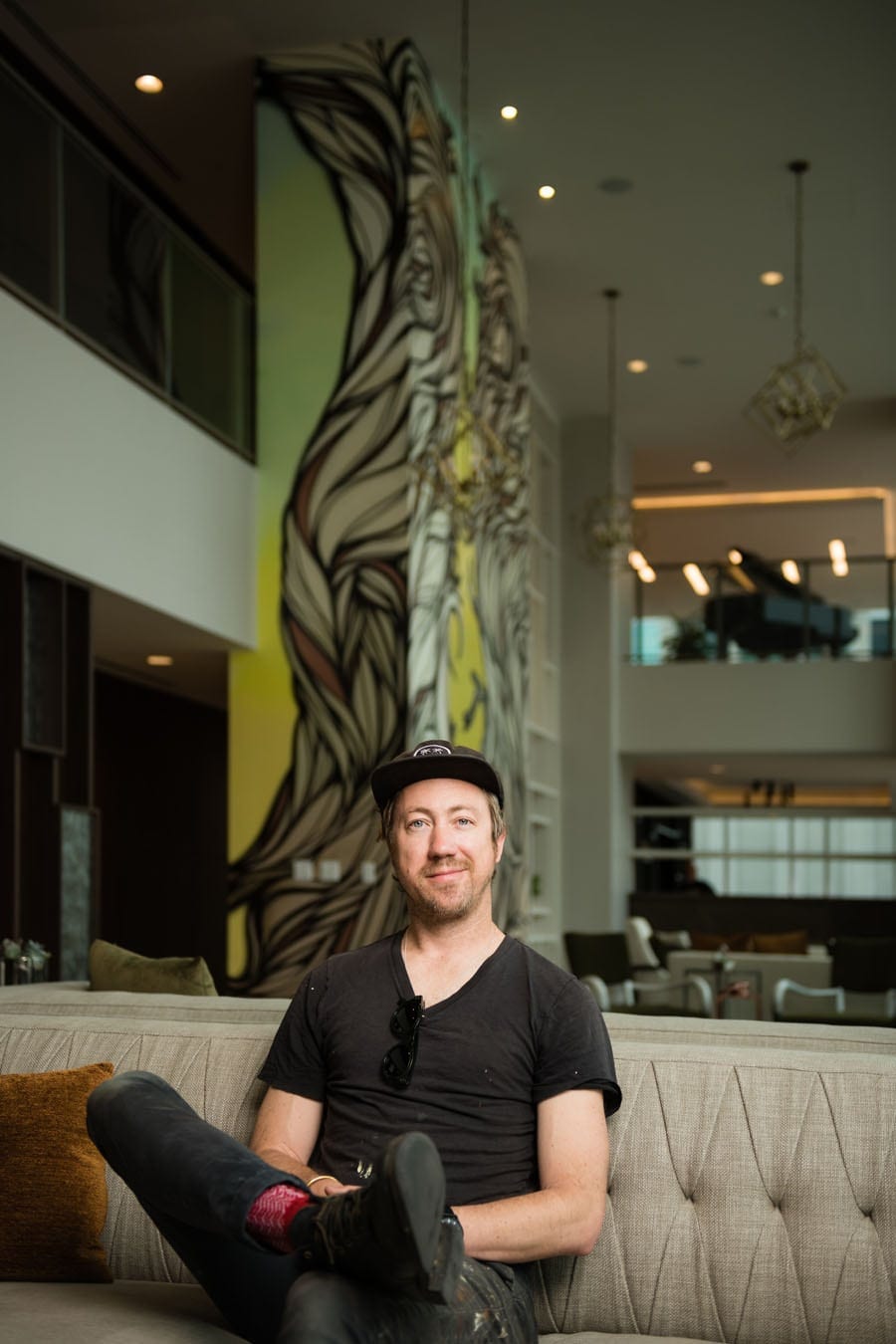
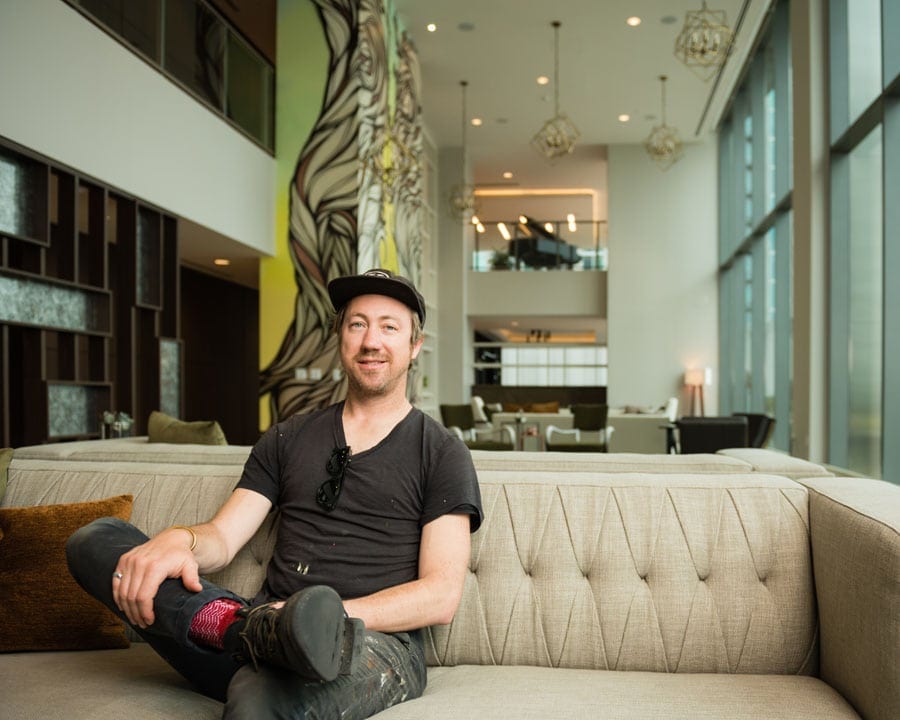
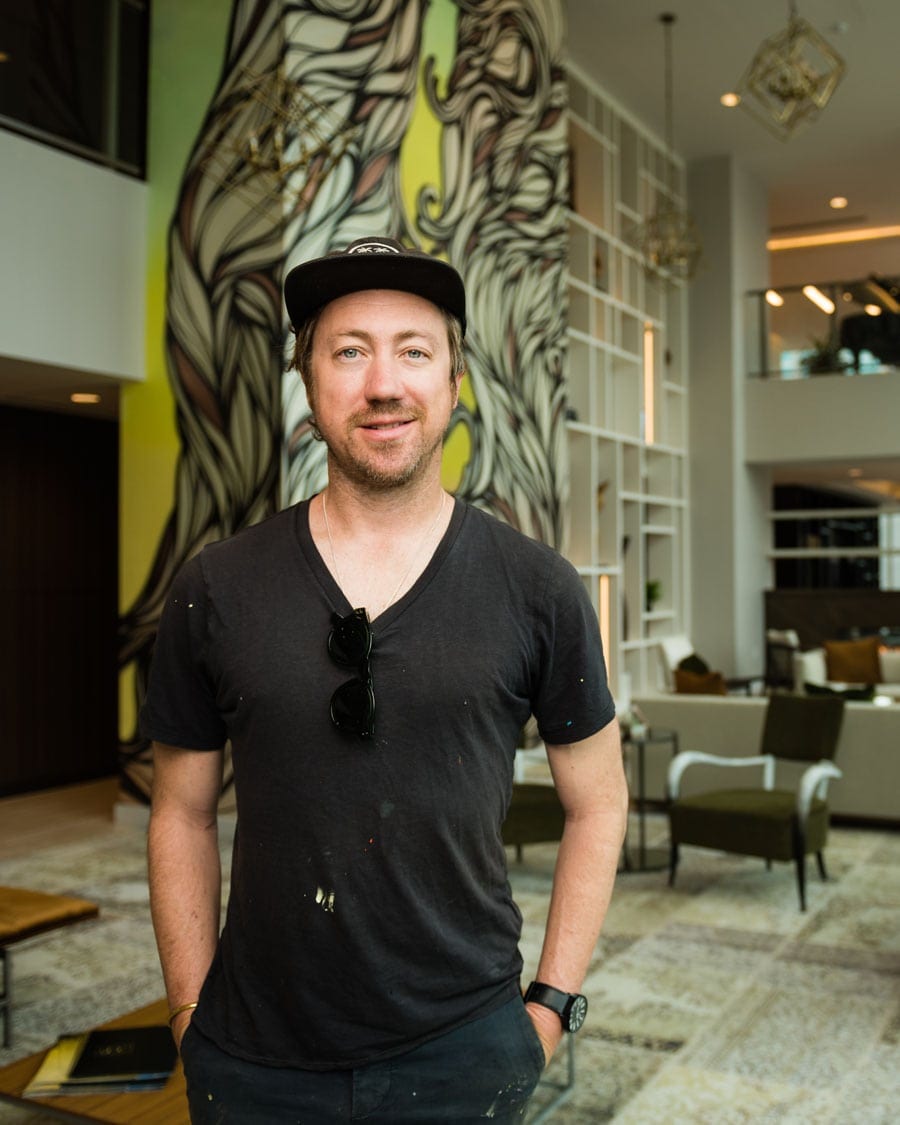
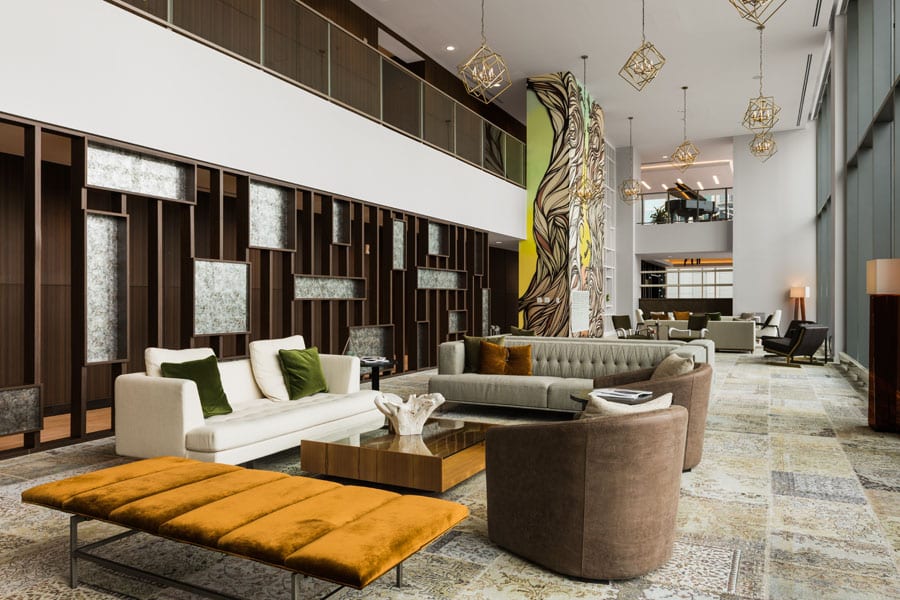
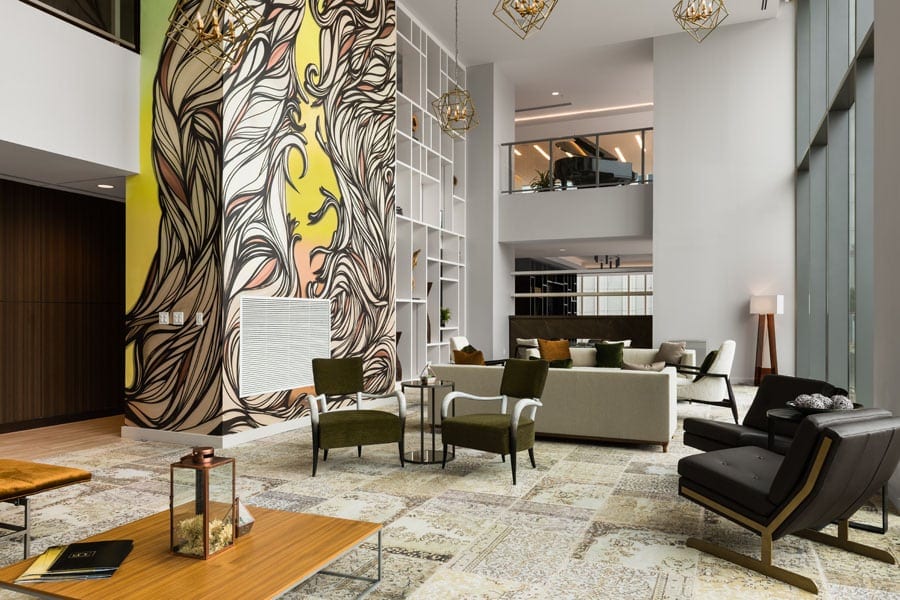
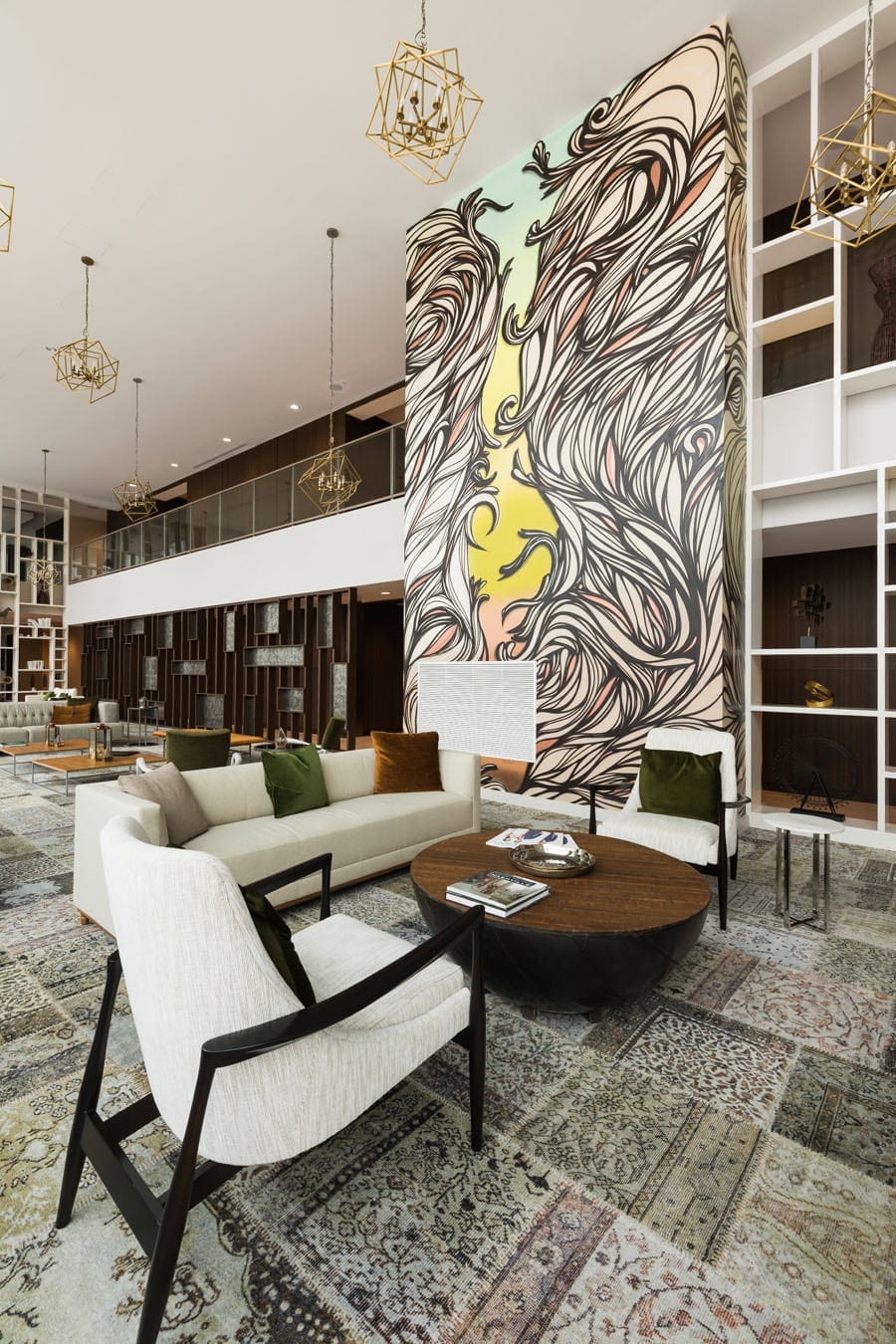
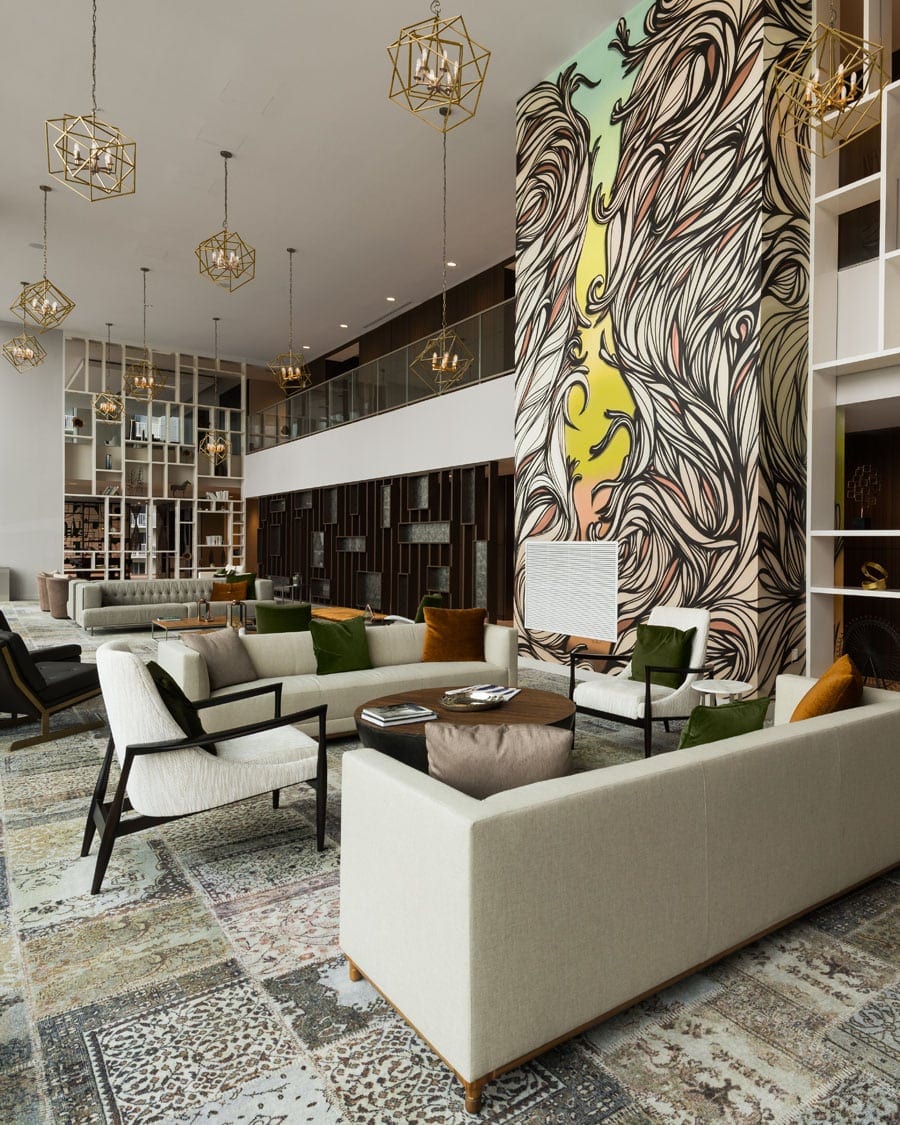
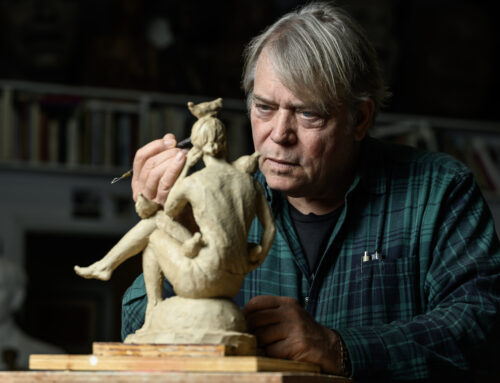
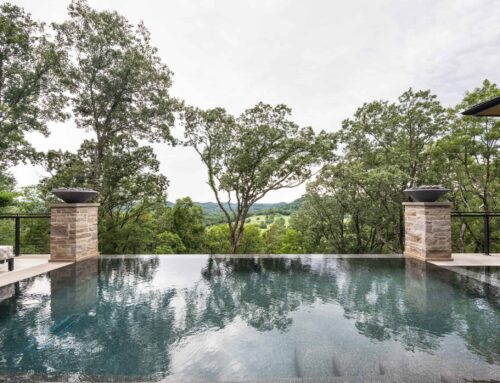
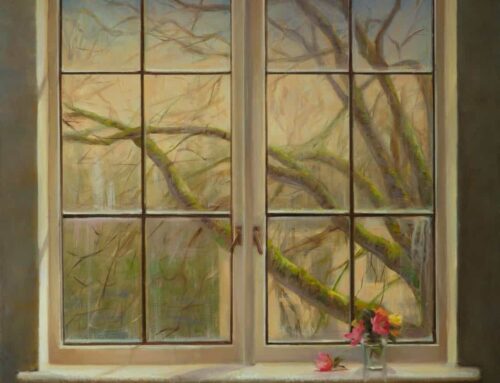


Leave A Comment
You must be logged in to post a comment.